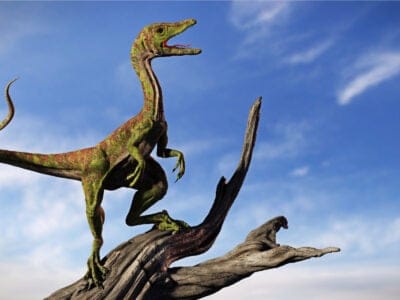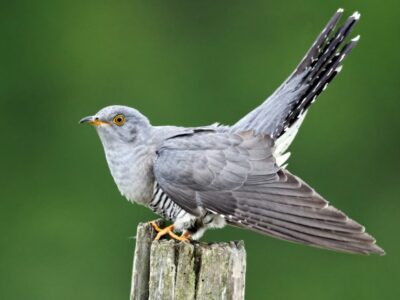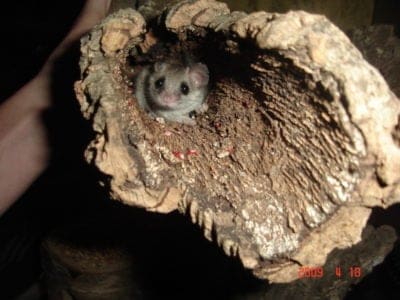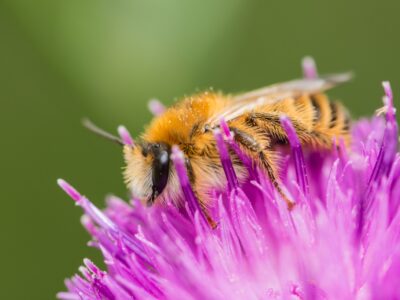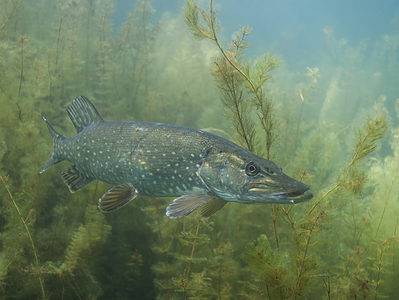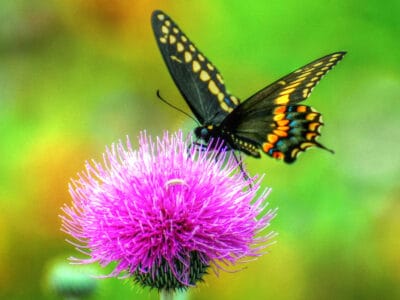Below you can find a complete list of French animals. We currently track 307 animals in France and are adding more every day!
France is a large Western European country that shares land borders with Spain, Netherlands, Germany, Switzerland, Italy, and the Atlantic Ocean, the English Channel, and the Mediterranean Sea. Before it became a united country, the land was held under the sway of the Romans and the Celts. The French ecosystem is largely composed of forests, plains, and light hills, while several mountain ranges and inactive volcanoes, including the vast Pyrenees and Alps, extend across the southern parts of the country. This article will only cover the wildlife of mainland France and not its overseas territories.
The Official National (State) Animal Of France
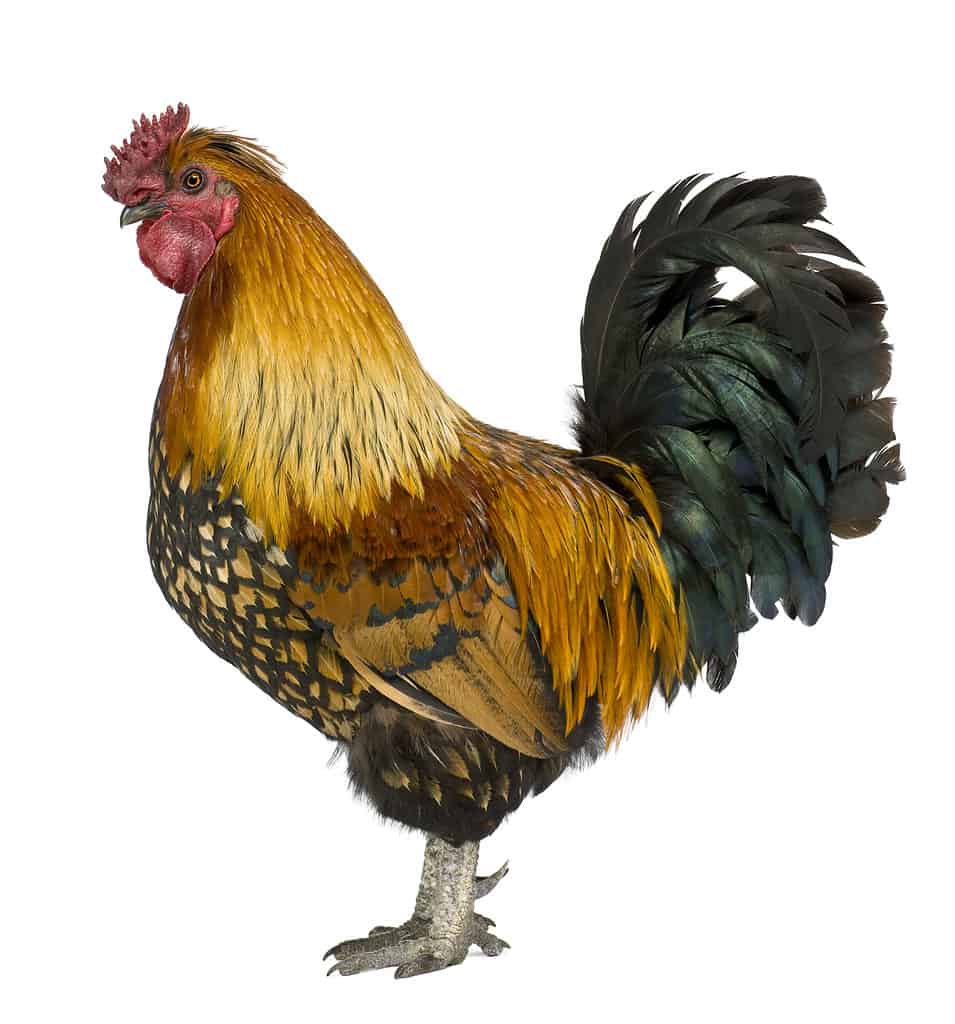
A Gallic
rooster
became an enduring symbol of the french republic.
©Eric Isselee/Shutterstock.com
The official animal of France is the Gallic rooster. The use of this animal actually stems in part from a linguistic accident. The Latin words for rooster and Gaul (the historical region of France in Roman times) were both the same: gallus. Over the centuries, the image of the crowing rooster (featured in the Gospel accounts of the crucifixion of Jesus) became bound up with Catholic symbolism in France. Starting with the French Revolution, it later became an enduring symbol of the republic.
Since 1848, the rooster has been seen on the seal of the Republic and has been the emblem for French sports teams in international events and acting as the mascot. The Gallic rooster is a male chicken with a red waddle and crown, a rust-to-orange back, and raised blue tail feathers. It is believed that he symbolizes bravery, virility, and boldness.
Where To Find The Top Wild Animals In France
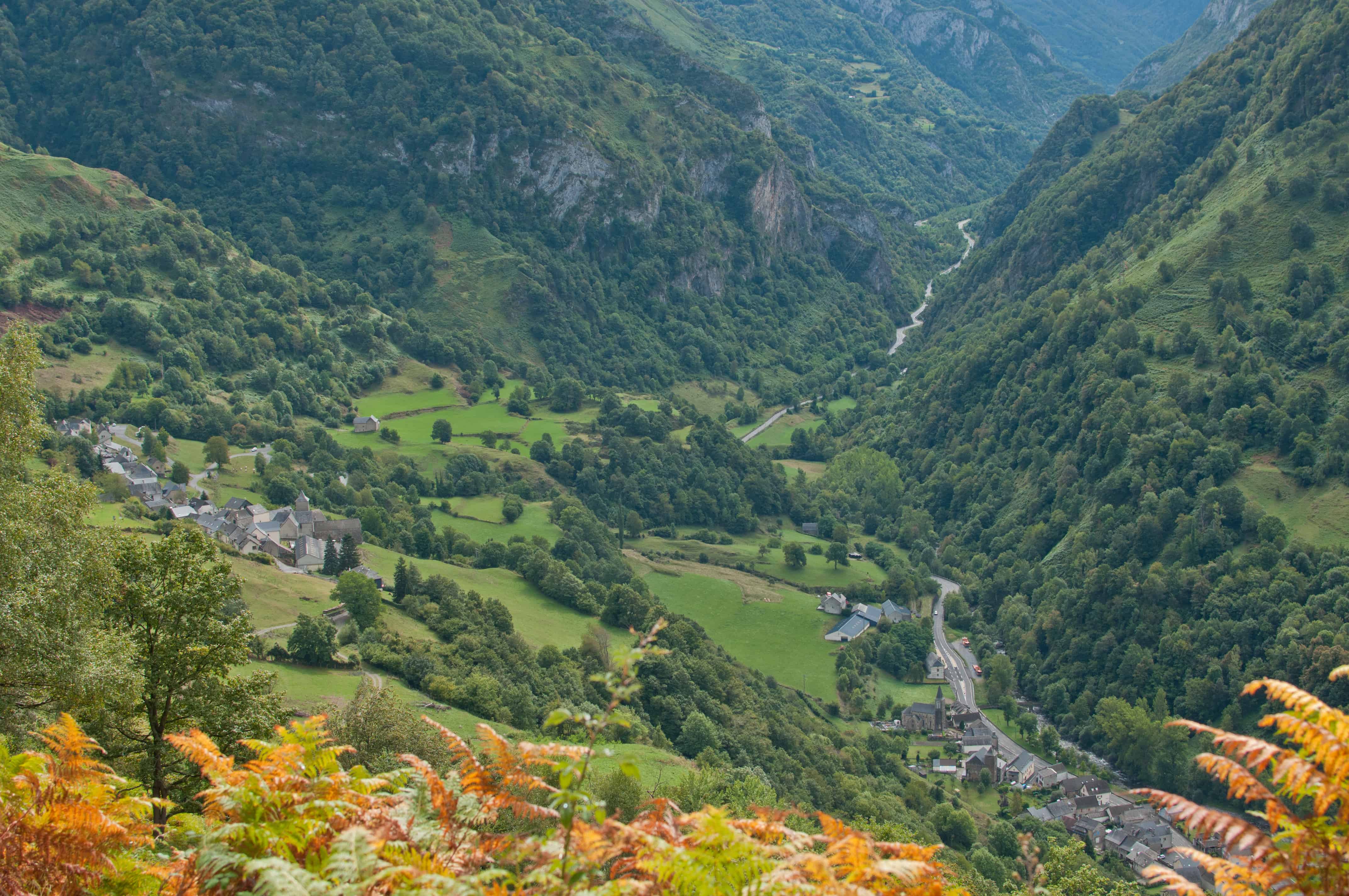
France’s Pyrenees National Park is located near the border with Spain.
©Abelle Photography/Shutterstock.com
France contains 11 national parks and many smaller regional reserves, which encompass more than 10,000 square miles and around 30% of all French land. Here’s a short sample of them.
- The Pyrenees National Park, located near the border with Spain, is a mountainous area from which you can see frogs, minks, golden eagles, vultures, the unique desman, and even the elusive bear.
- The Landes de Gascogne Regional Natural Park encompasses pine forests, wetlands, and coastlines just south of Bordeaux, where the Leyre River merges with the Arcachon Bay and the Atlantic Ocean. It contains more than 300 migrating birds, including spoonbills, godwits, pintails, and graylag goose.
- The Mercantour National Park, located slightly to the north of Nice in the Alpes-de-Haute-Provence, is home to lots of wild boar, rock ptarmigans, nutcracker birds, and bearded vultures.
- The Armorique Natural Regional Park is a protected area in Brittany that extends from the coast of the Atlantic Ocean to the hilly rural interior. Here you can find otters, beavers, and interesting birds of prey in the hills, beaches, and swamps.
- Other interesting wildlife refuges include the Vanoise National Park in the Rhône-Alpes region, Le Perche Natural Regional Park in Normandy, the Auvergne des Volcans Natural Regional Park in Auvergne, and the Cévennes National Park in Languedoc-Roussillon.
Pyrenees National Park is 177 square miles of scenic landscape that includes waterfalls, granite rock faces, and large mountain ranges. You will also find a multitude of wild animals. The most famous might be the golden eagle. The bird of prey is considered to be more elusive than a vulture, spending hours, even perhaps days, sitting motionless on a high perch where they are virtually impossible to see. They are very territorial birds and are known to carry off prey that is larger than themselves. The elusive Golden eagle. ©iStock.com/Paco Adame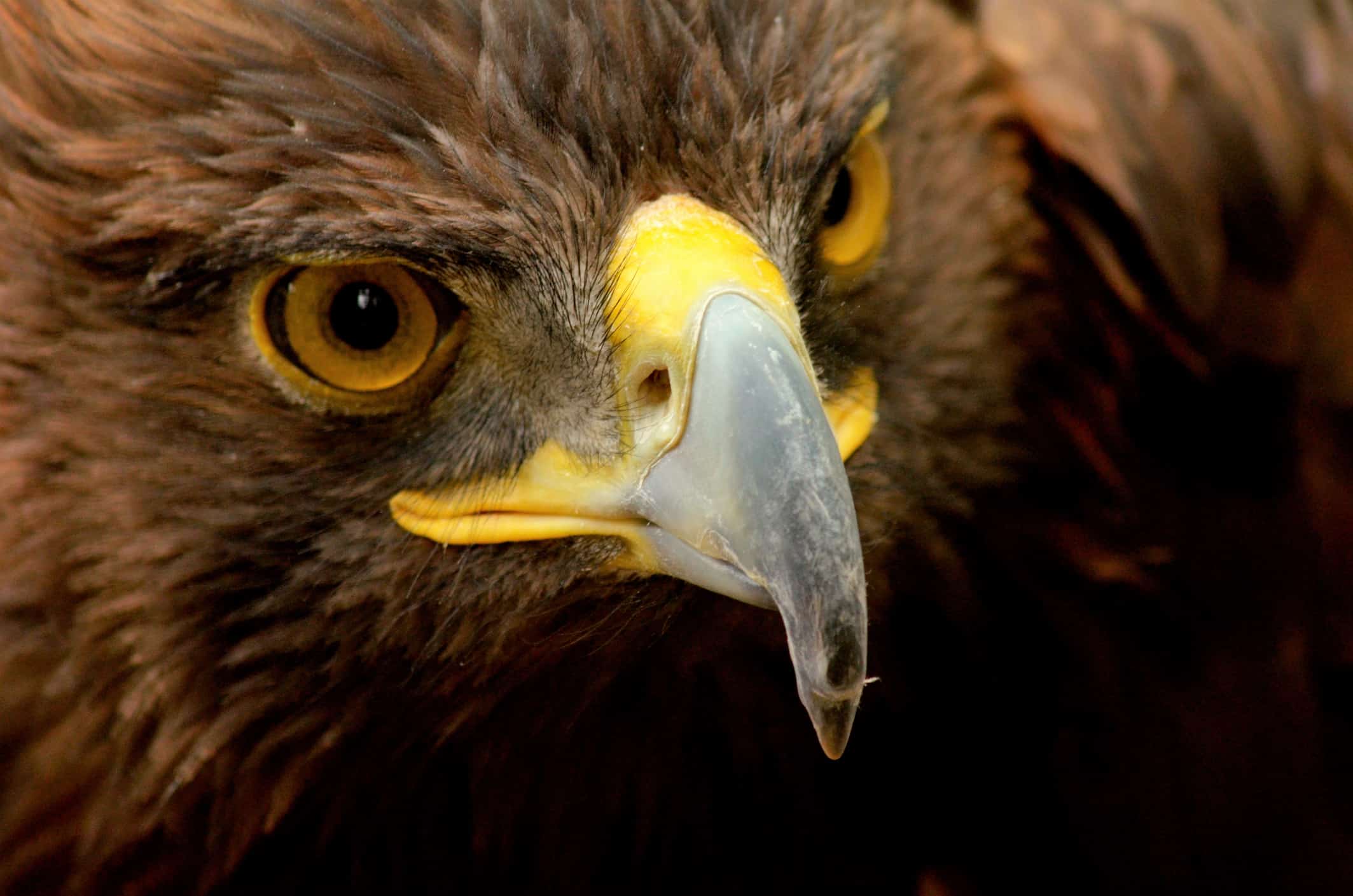
The Most Dangerous Animals In France Today
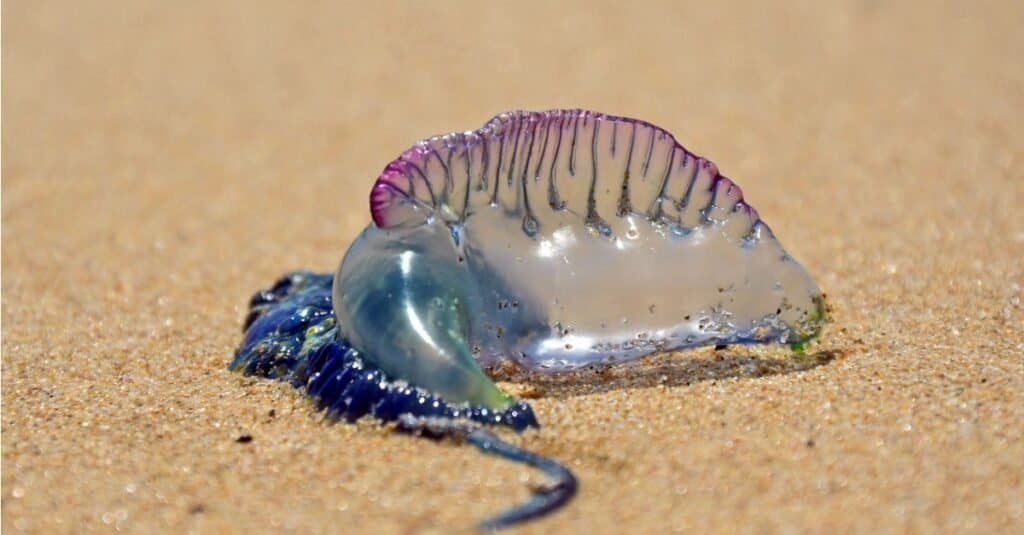
Portuguese Man of War (Bluebottle) washed up on the beach.
©KarenHBlack/Shutterstock.com
France is home to a few venomous animals that may pose a risk to people’s health.
- Asp Viper – A relatively long snake with grey, brown, and black skin, the asp viper is native to an unbroken stretch of territory between Spain and Italy. The snake is not particularly aggressive, but symptoms of its potent venom include pain, dizziness, blurred vision, and tissue death. Approximately 4% of all untreated bites eventually prove to be fatal.
- Common European Adder – While not exactly the most toxic snake, this adder is quite common throughout Europe, and so bites happen on a frequent basis. Symptoms of its bite include intense pain, swelling, tingling, and blistering. Rarely, victims may experience nausea, vomiting, fever, loss of consciousness, and more. Complete cardiovascular failure may occur in very rare cases.
- Portuguese man o’ war – Sometimes found off the coast of France, this unique relative of the jellyfish has a powerful sting that can cause painful red welts on the skin. Fever, cardiac distress, difficulty breathing, and even death can rarely occur.
- Weever fish – Present in the waters of the coastline of mainland France, the weever spends most of its time buried under the sand. Just their backfin and venomous stingers are showing. France has large and small weever fish.
Portuguese man o’ war is a siphonophore, which is closely related to the jellyfish. The man o’ war is comprised of a colony of specialized, genetically identical individuals called zooids that all have various forms and functions, and that work as one unit. The tentacles contain stinging capsules loaded with coiled, barbed tubes that distribute venom capable of paralyzing and killing small fish and crustaceans. Although the man o’ war’s sting is rarely deadly to people, it is extremely painful and causes welts on exposed skin. It is still able to sting even after having been washed on shore for weeks. The Asp has a broad, triangular head that almost looks like the head of a cobra.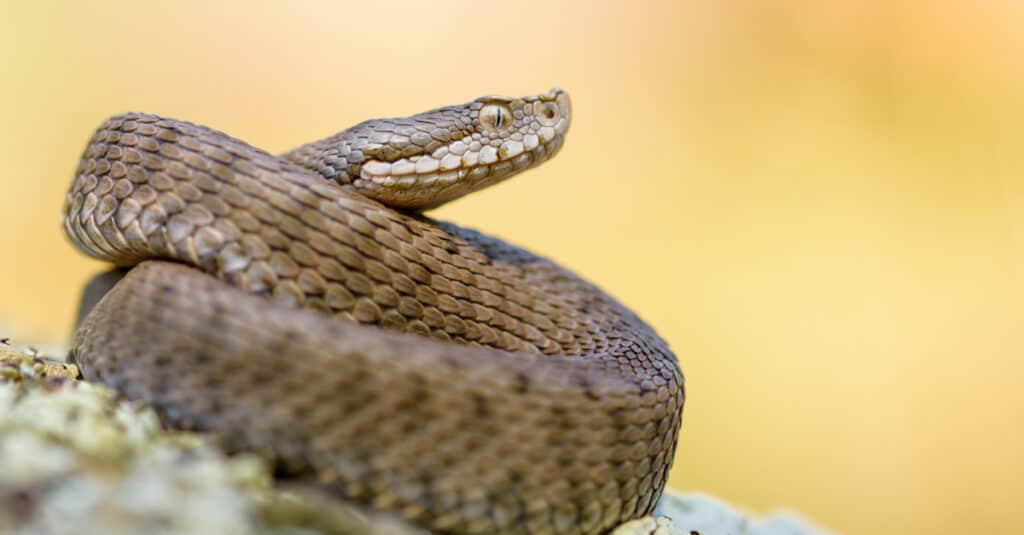
©Pedro Luna/Shutterstock.com
Asp Vipers, found in all areas of France with the exception of the extreme north and northeast regions, have a penchant for stone walls, sunny slopes, dry locations, and similar habitats. A relatively small snake, they can grow up to 2 feet in length and live between 4 to 10 years.
Endangered Animals In France
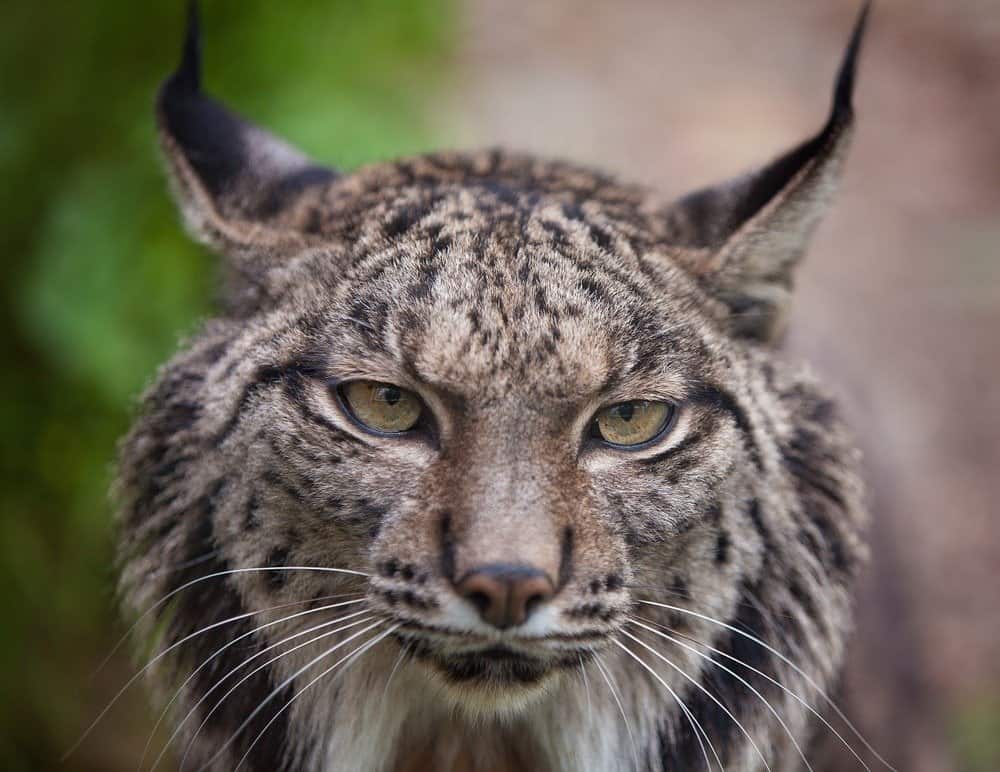
Overhunting, habitat loss, disease, and the decline of its main prey have all conspired to make the Iberian lynx endangered.
©Cris Canton/Shutterstock.com
While the French government does make a considerable effort to protect many endangered species, several animals are still at risk of becoming extinct:
- European Rabbit – This species is endemic to southern France and the Iberian Peninsula (one particular subspecies of the European rabbit is only found in the marshes of Camargue). It was later introduced into other parts of the world, where it had a negative effect on some local wildlife. However, this species is endangered in its original habitat from a combination of overhunting, habitat loss, and diseases.
- Mehely’s Horseshoe Bat – This species of bat prefers to roost in limestone caves near large bodies of water. However, the disturbances and destruction of its roosting sites have caused numbers to decline. It is not known whether this species is extinct in France.
- Pyrenean Desman – Closely related to the moles and shrews, the desman is a small semi-aquatic mammal with a long snout, a long, flattened tail, and sharp claws for digging. While this unique species is still listed as vulnerable by the IUCN Red List, the desman is very rare in France. It only lives in the Pyrenees Mountains near the border with Spain.
- Iberian Lynx – This wild cat species was more common across southwest Europe in the 20th century. But overhunting, habitat loss, disease, and the decline of its main prey have all conspired to make the Iberian lynx endangered. It may now be completely extinct from mainland France.
The Iberian Lynx, endemic to southwestern Europe and the Iberian Peninsula, is listed as endangered on the IUCN Red list. They typically stand at 2.3 feet and have a length of 3.6 feet. The Iberian Lynx is slightly larger than the lynx, with weights of 21 pounds for females and 28 pounds for males. They are fast runners, averaging speeds of 50 miles per hour. Due to the decrease in its main prey, the rabbit, being caught in rabbit snares, illegal hunting, and car accidents, this lynx is on the brink of extermination.
The Rarest Animals In France
The Angel shark also referred to as the monkfish, is greenish-brown, reddish, or gray with small black and white patches located all over its body. They have large pectoral fins and look like a ray. They are commonly found in the waters off of the Mediterranean and Northern Europe. This shark likes to lie in wait along the sandy bottom until their prey, which consists of mollusks, skates, and crustaceans, comes along.
Currently listed as critically endangered by the International Union for Conservation of Nature and Natural Resources, there are numerous causes. Due to increased tourism activities, there is a loss of habit, and the increase in fishing activities, which includes long lines and nets, hurts their outlook.
The Largest Animal In France
The Pyrean bear is the largest animal in France. While their population has declined, with numbers having dropped from over 200 to about an estimated less than 20, these bears are now located in the western French Pyrenees, in an area that includes a National Park. Pyrean bears weigh between 250 to 770 pounds and have average heights of 5.7 feet to over 7 feet tall.
National Parks In France
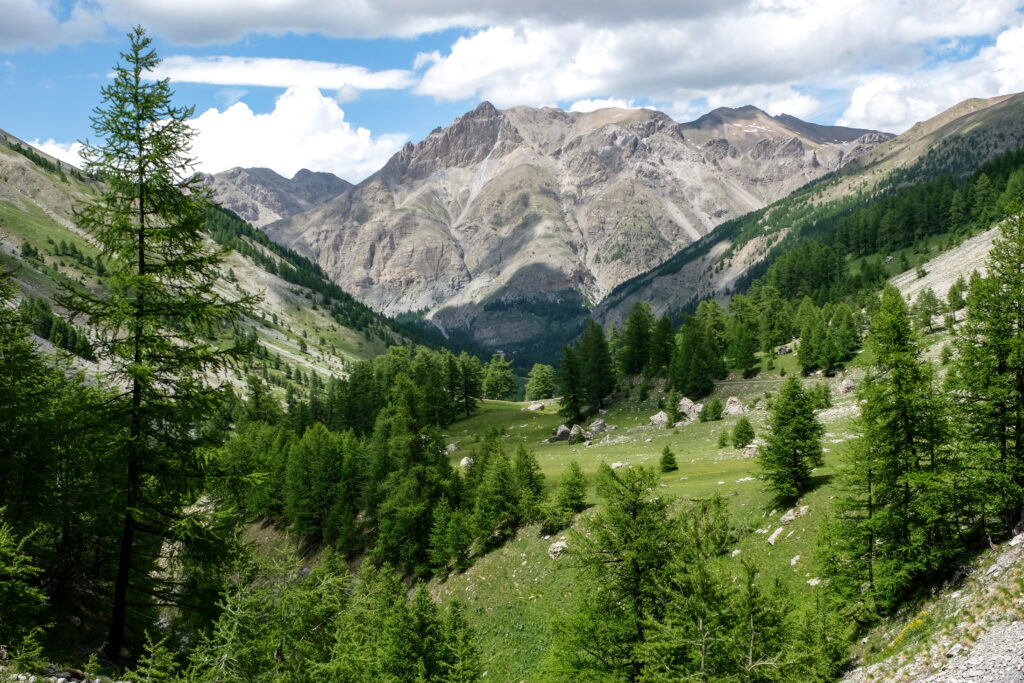
Mercantour National Park
©ErichFend/Shutterstock.com
France is a beautiful country with natural wonders. Although many people travel to France to experience the romantic city of Paris, there is much more to do in 11 of the country’s national parks. From the French Alps to the Mediterranean coast, from the Indian Ocean to French Guiana to the Caribbean Sea, discover France’s diverse Alpine forests, mountains, and rainforests.
Mercantour National Park was created in 1979 and is located in the departments of Alpes-de-Haute-Provence and Alpes-Maritimes. There are more than 274 square miles of parkland to discover over 2,000 species of plants and a multitude of wildlife, that includes wolves, red and roe deer, rabbits, buzzards, and the famous golden eagles. The national park has numerous guided trails for hiking, with Verdon Gorge being the most popular not only for its close location to the French Riviera but also because it has many opportunities for rock climbers. Vanoise National Park is located in the French Alps. ©Marisa Estivill/Shutterstock.com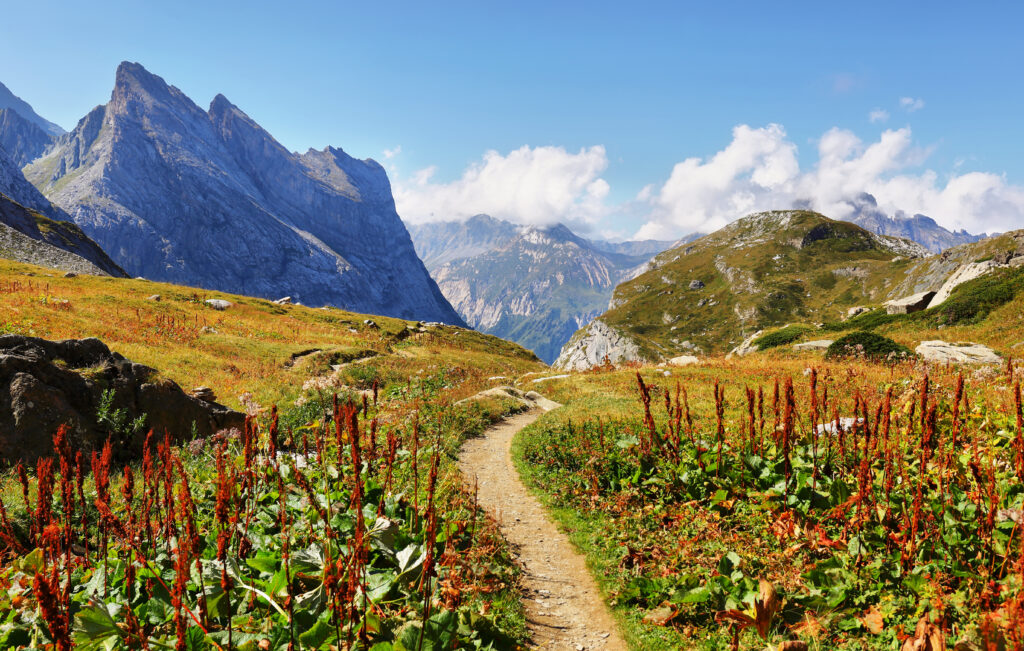
Vanoise National Park is located in the Auvergne-Rhône-Alpes region and is situated between the Tarentaise and Maurienne valleys in the French Alps, bordered by Gran Paradiso National Park in Italy, which is its “twin”. This was officially created in 1963 and became the first National Park of France. There are over 218,000 acres of parkland to enjoy, filled with wetlands, streams, forests, cliffs, rock ridges, lakes, and streams. The park is considered to be in a protected zone, which has preserved the landscape and allowed the wildlife to roam free. Vanoise National Park can be enjoyed year-round.
Rivers In France

The Loire River is the largest river contained within the borders of France
©iStock.com/Em Campos
France is home to hundreds of rivers and streams cutting across its countryside. While rivers like the Seine and the Rhône are most famous internationally, the country is also home to a number of other rivers with stunning natural settings and wildlife. Let’s take a peek at some notable rivers in France:
- Loire River – Home to 165 species of birds (64% of nesting bird species in France) and 57 species of fish.
- Garonne River – The last remaining breeding ground for the critically endangered European sea sturgeon.
- Dordogne Rover – Features wildlife like sturgeons, salmon, otters, swans, cormorants, egrets, and kingfishers.
At a length of 625 miles, the Loire River is the longest in France and ranks 171st in the world. Considered to be the last wild river in Europe, it is the only river that has not been canalized. The Loire provides transportation as well as water for France’s agricultural center. It begins in the southeast and crosses six historic regions, flowing from the Languedoc region to Brittany.
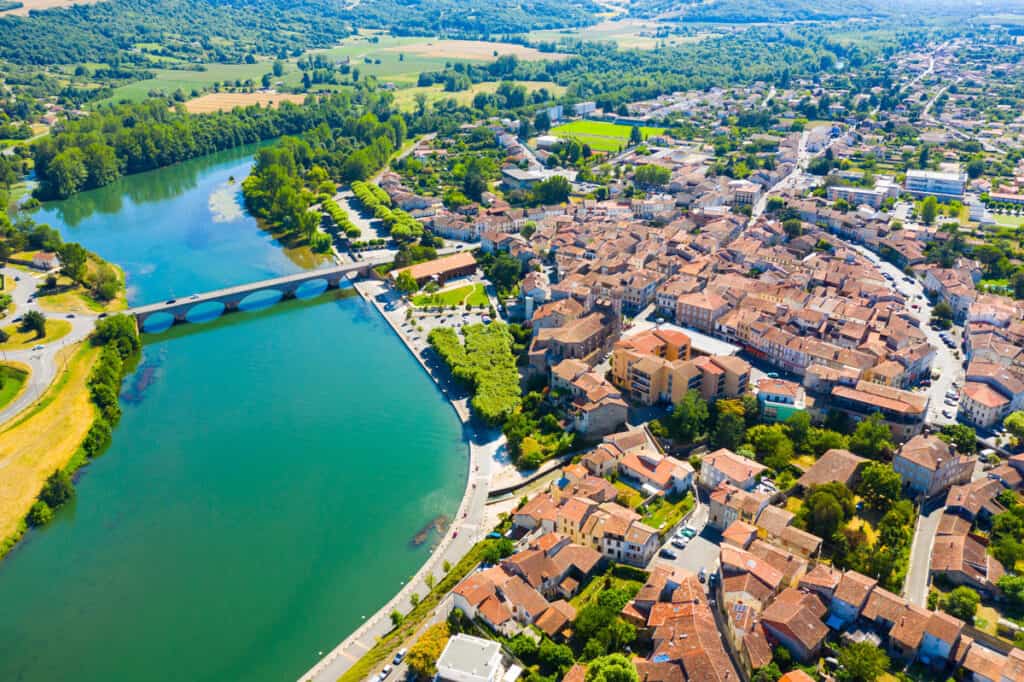
The Garonne River flows through Spain and southwest France
©iStock.com/JackF
The Garonne River is located in Southwest France and Northern Spain and flows from the central Spanish Pyrenees to the Gironde estuary at the port of Bordeaux, France. It has a length of 329 miles and is a link between the Mediterranean and Atlantic Oceans. Because of this link, it is considered the most important river in Southwest France. Unlike the Loire River, the Garonne is canalized and is controlled by 50 locks.
The French Flag

The white strip derives from the original French flag while the red and blue stripes are from the coat of arms of Paris.
©iStock.com/Olivier DJIANN
The French flag is a tri-color of blue, white, and red vertical stripes. This is an emblem of the fifth republic and was a symbol of the French Revolution, representing freedom. Although not the original tricolor, the design was patterned after the French Revolution and evolved to be among the most significant in history. The meaning behind it is the unity of the King and the people. The white stripe originates from the original French flag and the King, while the red and blue stripes are from the coat of arms of Paris and stand for Paris and its people.
Blue and red, the traditional colors of Paris, were always popular among revolutionaries, while royal white was frequently added to many flags. This flag was seen as an embodiment of all that the revolution stood for – liberty, equality, fraternity, modernization, secularism, and democracy.
French Animals
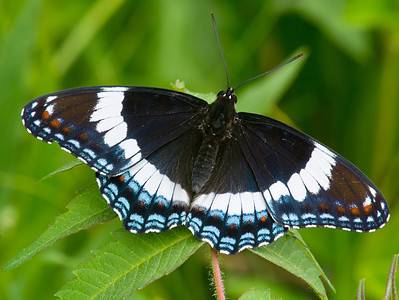
Admiral Butterfly
Stunningly beautiful wings
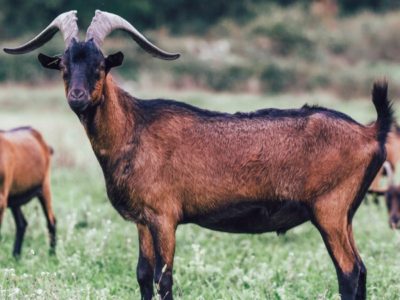
Alpine Goat
Alpine goats are the most common type of goat used for milk, cheese, and other dairy products
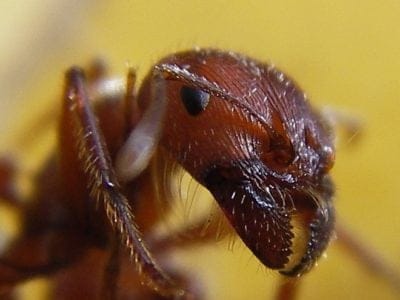
Ant
First evolved 100 million years ago!
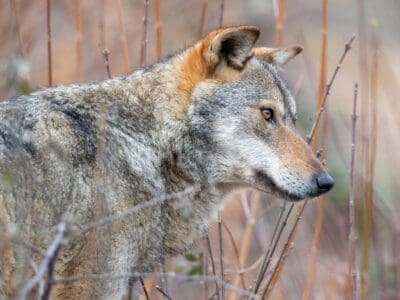
Apennine Wolf
Wolves do not howl at the moon. They howl to communicate with other members of their pack.
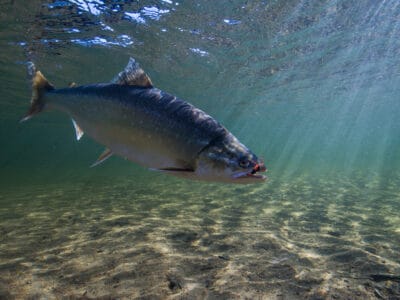
Arctic Char
Arctic char is the northern-most fish; no other fish lives anywhere further north!
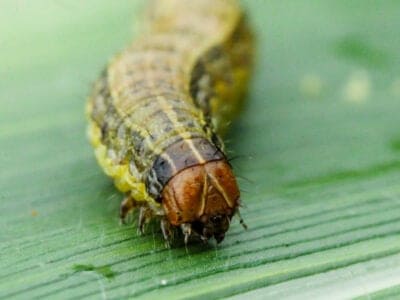
Armyworm
They are so named because they "march" in armies of worms from one crop to another in search of food
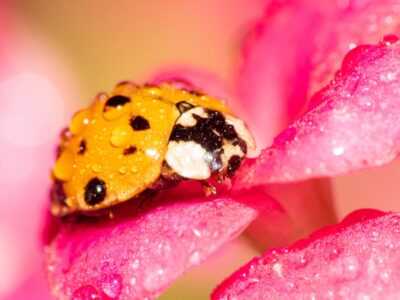
Asian Lady Beetle
Asian lady beetles infest indoor spaces, but they do not reproduce indoors.
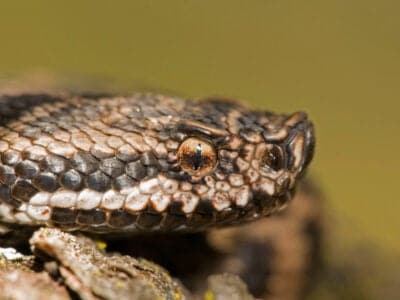
Asp
It was the symbol of royalty in Egypt, and its bite was used for the execution of criminals in Greco-Roman times.
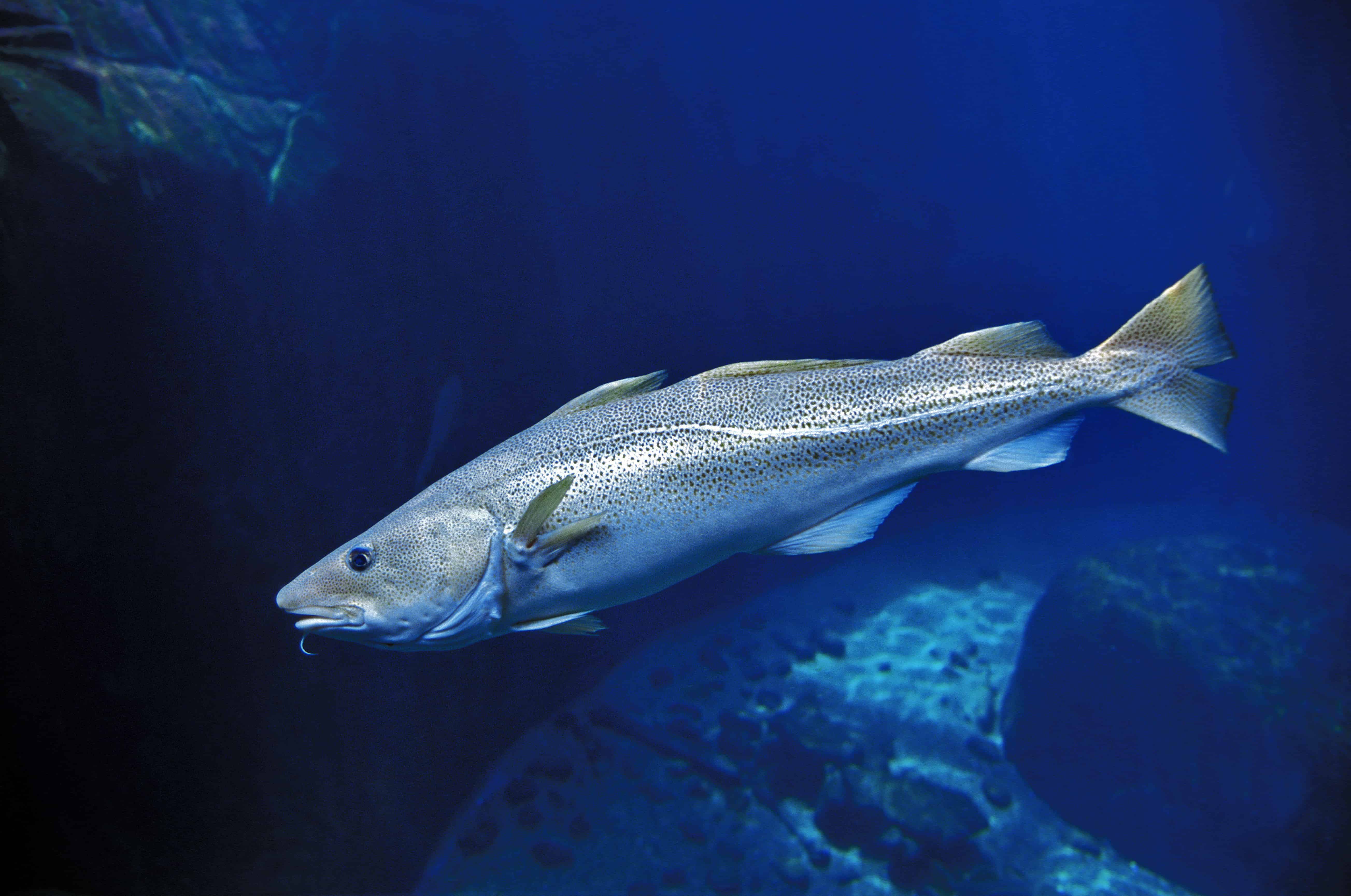
Atlantic Cod
One of the most popular food fishes in the world
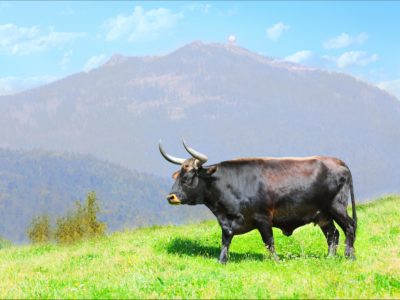
Aurochs
Extinct ancestor of all domesticated cattle!
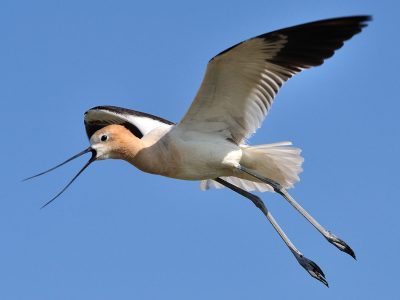
Avocet
Has a curved, upturned beak!
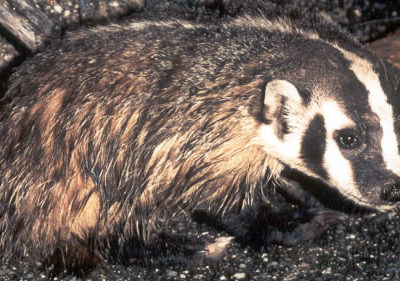
Badger
Can reach speeds of 30 km/h!

Barbet
This dog has the nickname ‘Mud dog’ because it likes to play in muddy, swamp-like areas.
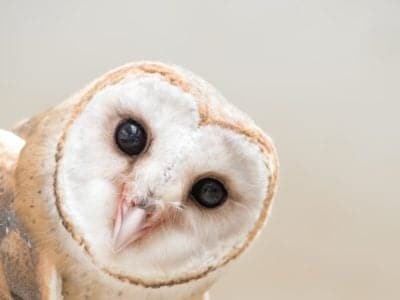
Barn Owl
Found everywhere around the world!
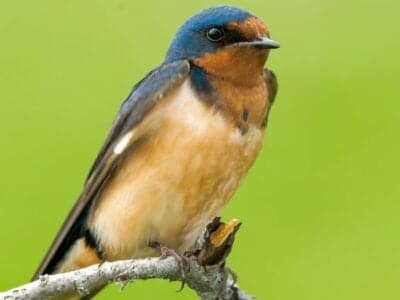
Barn Swallow
Older offspring help care for new hatchlings.

Basset Fauve de Bretagne
A friendly and intelligent hunting dog that loves nothing more than to spend time with its owner.
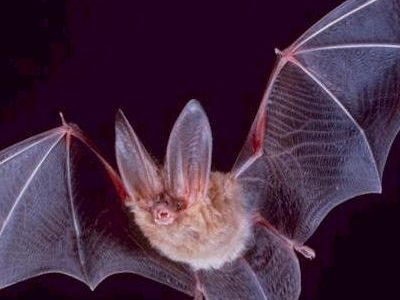
Bat
Detects prey using echolocation!

Beauceron
The Beauceron is named after the place of its origin (Beauce) in France
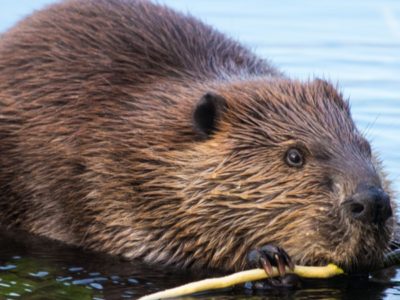
Beaver
Builds a dam from sticks and leaves!
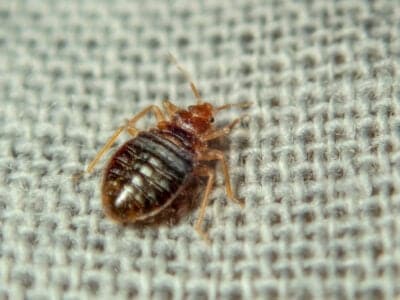
Bed Bugs
Bed bugs feed for 4-12 minutes.
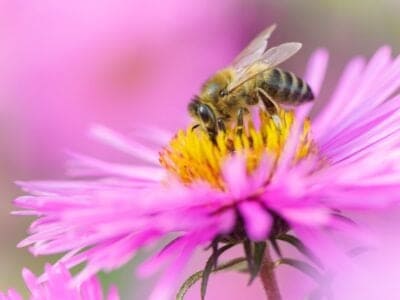
Bee
Rock paintings of bees date back 15,000 years
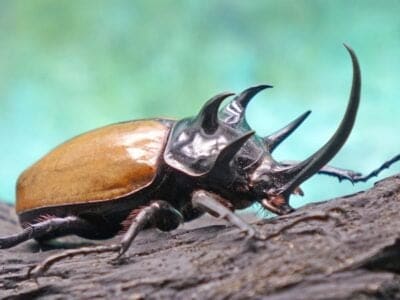
Beetle
There are more than 350,000 different species
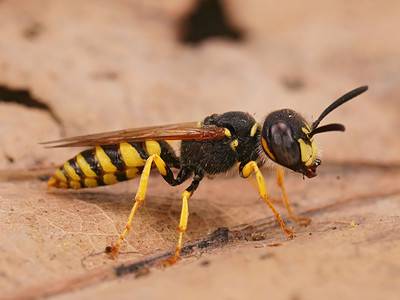
Beewolf wasp
They hunt bees

Berger Picard
Berger means shepherd in French

Bichon Frise
Gentle mannered, playful and affectionate!
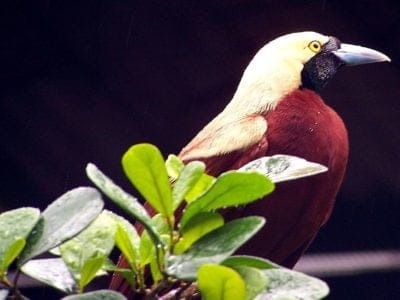
Bird
Not all birds are able to fly!
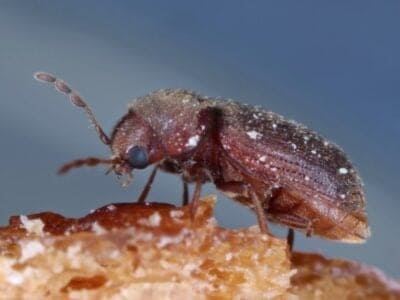
Biscuit Beetle
The biscuit beetle form a symbiotic relationship with yeast
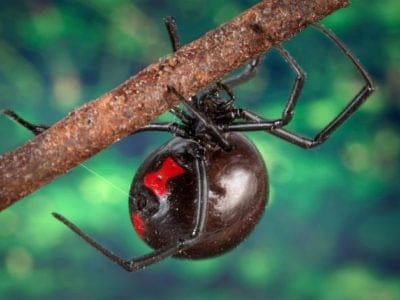
Black Widow Spider
They typically prey on insects!
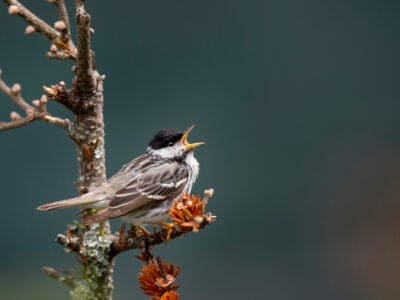
Blackpoll Warbler
They migrate for the longest distance of any warbler.

Blue Picardy Spaniel
The Blue Picardy is also known as the Epagneul Bleu de Picardie in French
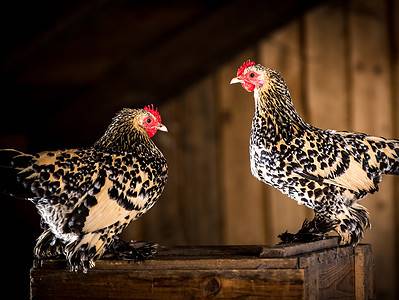
Booted Bantam
The feathers on the feet of tiny Booted Bantam chickens can reach up to six inches in length!

Bouvier Des Flandres
A Bouvier cannot achieve a champion title in Belgium unless it has already won a prize as a working police or military dog.

Braque du Bourbonnais
This breed almost went extinct during the World Wars but was revived in the 1970s.
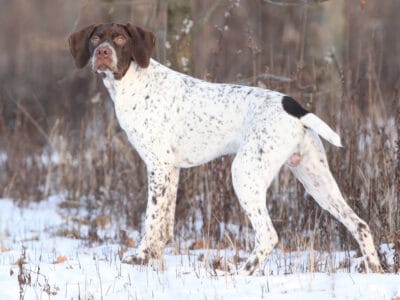
Braque Francais
The Braque Francais will not warn you of any potential threats but, instead, will try to befriend the stranger.

Brittany
The breed was formerly known as the Brittany spaniel
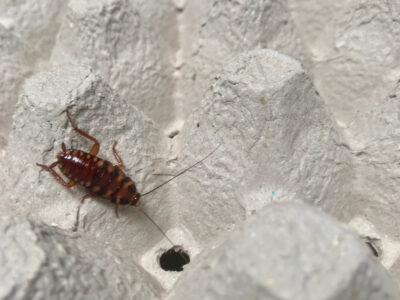
Brown-banded Cockroach
Females glue egg cases to furniture
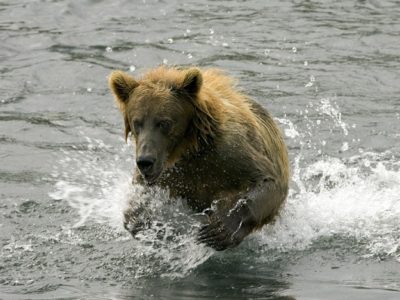
Brown Bear
A dominant predator in it's environment!
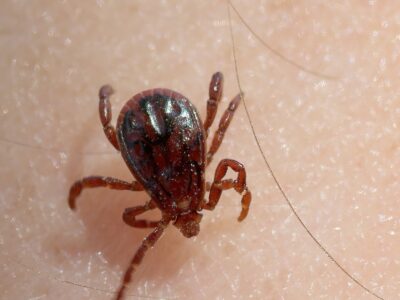
Brown Dog Tick
Can live its entire life indoors
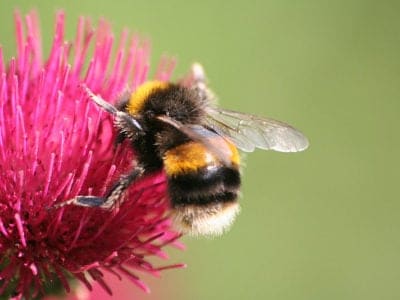
Bumblebee
The most common species of bee!
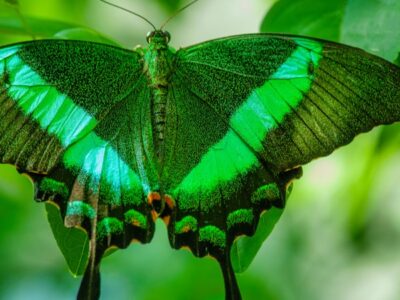
Butterfly
There are thought to be up 17,500 species!
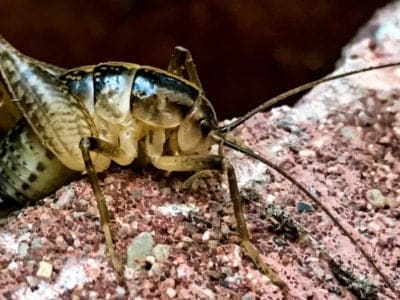
Camel Cricket
The camel crickets that are found in the USA are light brown in color. They also have dark streaks all over their body.
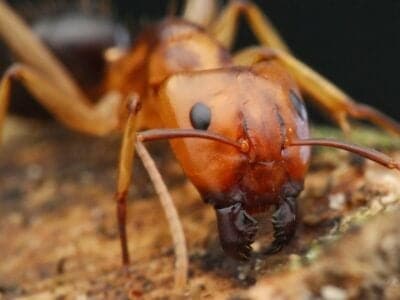
Carpenter Ant
Carpenter ants can lift up to seven times their own weight with their teeth!
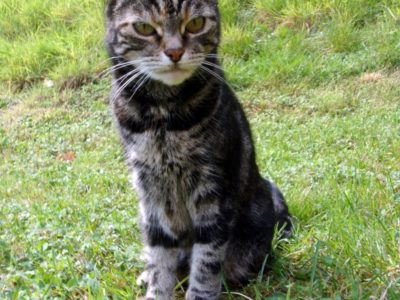
Cat
May have been domesticated up to 10,000 years ago.
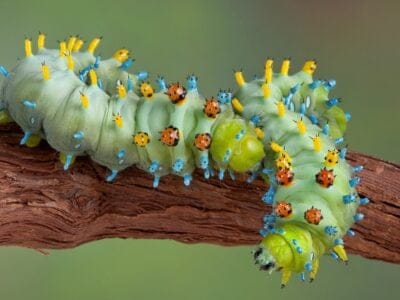
Caterpillar
The larvae of a moth or butterfly!
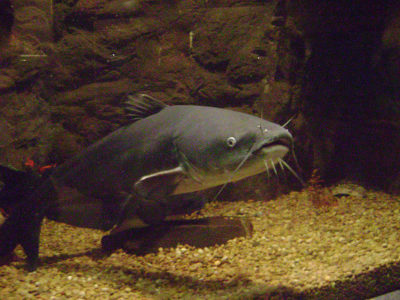
Catfish
There are nearly 3,000 different species!
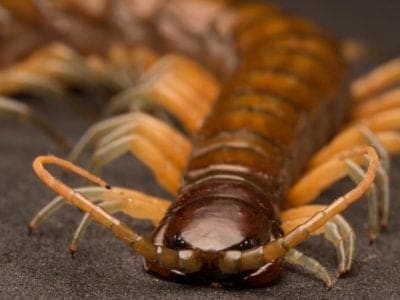
Centipede
There are about 3,000 documented species!
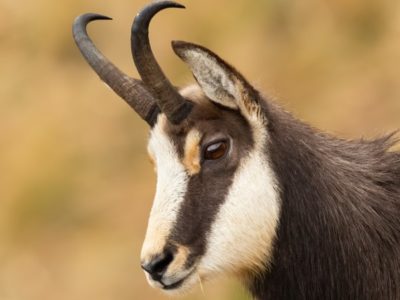
Chamois
Natively found in the European mountains!
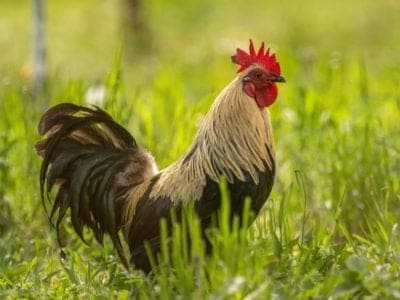
Chicken
First domesticated more than 10,000 years ago!
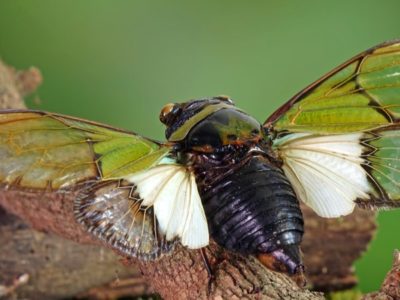
Cicada
Cicadas have one of the longest insect lifespans
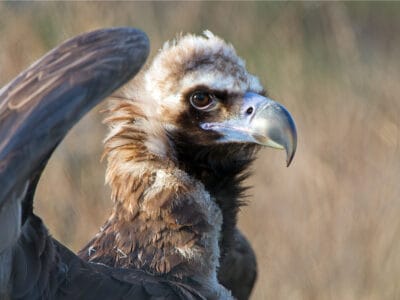
Cinereous Vulture
This vulture can fly at great heights. At least one was found a few thousand feet from the top of Mount Everest.
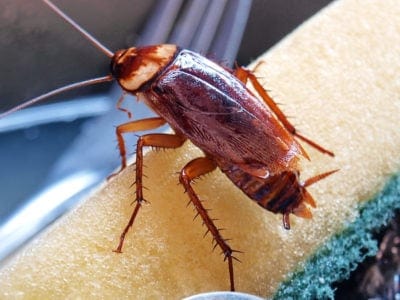
Cockroach
Dated to be around 300 million years old!
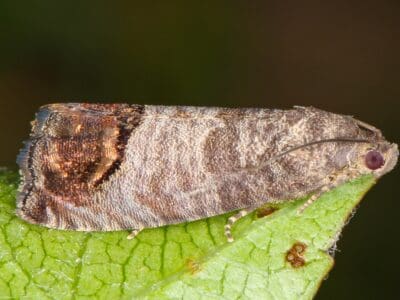
Codling Moth
Pupae are able to undergo diapause to survive poor fruit yield years and winter.
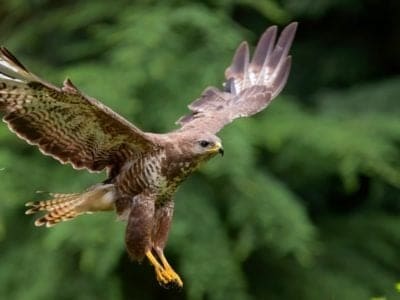
Common Buzzard
The most common raptor in the UK!
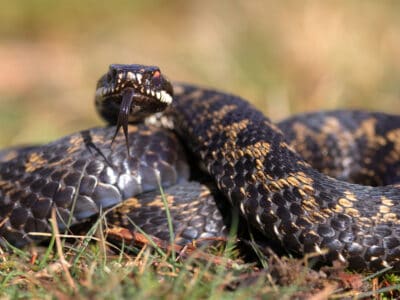
Common European Adder
European adders are the only snake that lives above the Arctic Circle.
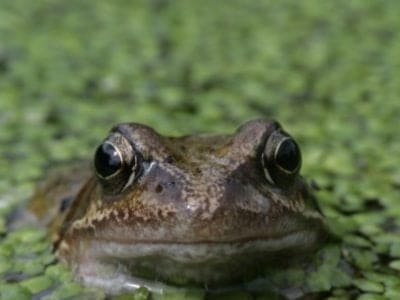
Common Frog
Found throughout the European continent!
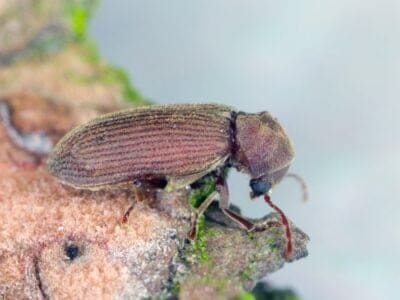
Common Furniture Beetle
The common furniture beetle feeds exclusively on wood
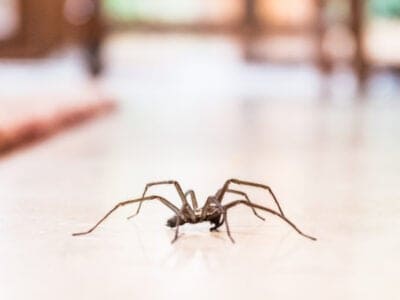
Common House Spider
House spiders have the ability to eat most insects in a home.
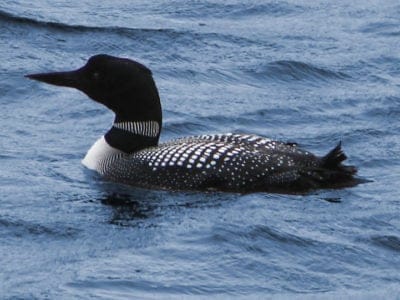
Common Loon
Also known as the Great Northern Diver

Common Raven
A group of ravens is called an unkindness or a conspiracy.
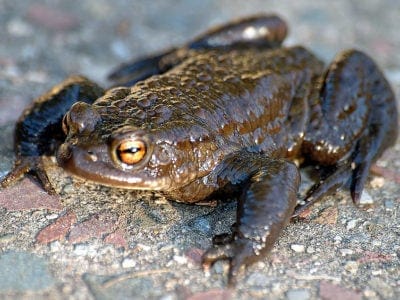
Common Toad
Most active in wet weather!
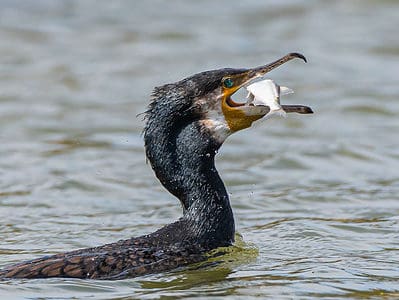
Cormorant
They can fly 35 mph and dive 150 feet below water.
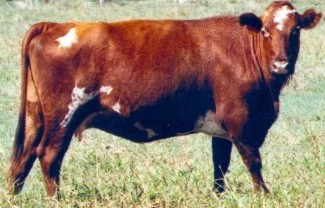
Cow
There are nearly 1.5 billion worldwide!
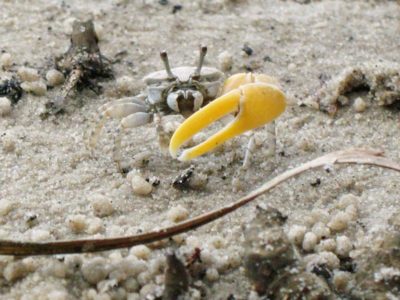
Crab
There are 93 different crab groups
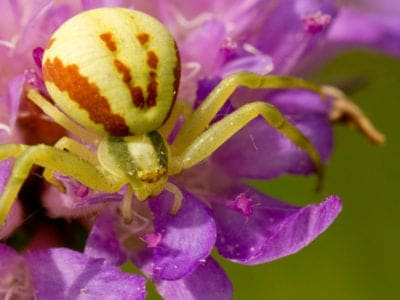
Crab Spider
Crab Spiders can mimic ants or bird droppings
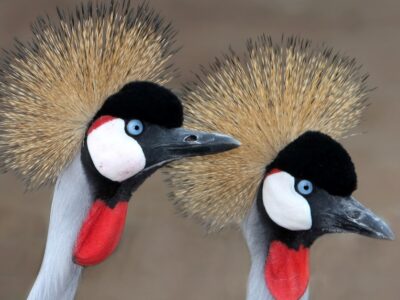
Crane
Many are critically endangered species!
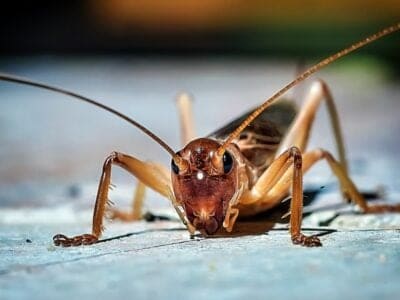
Cricket
Male crickets can produce sounds by rubbing their wings together
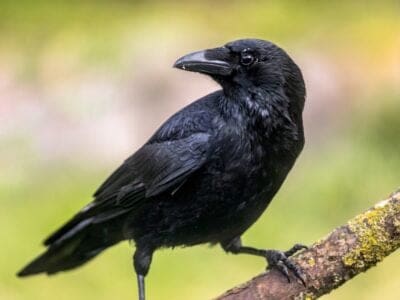
Crow
A group of these birds is called a Murder.
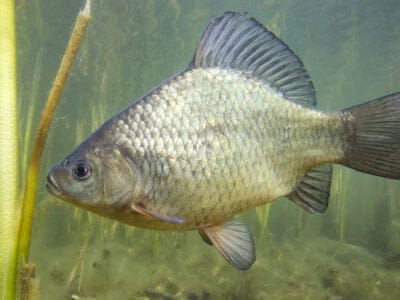
Crucian Carp
Can survive drought by burying itself in mud.
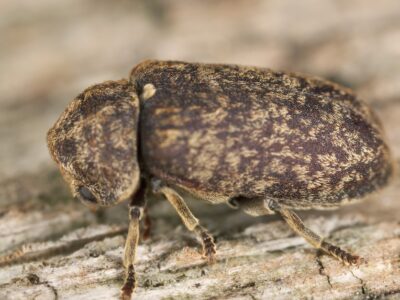
Deathwatch Beetle
The adult deathwatch beetle taps on the wood to find a mate.
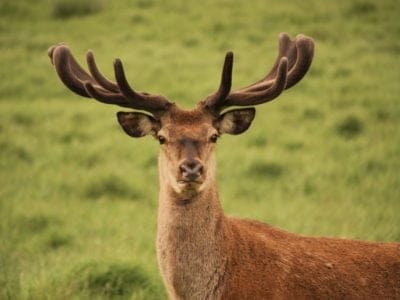
Deer
There are around 40 different species!
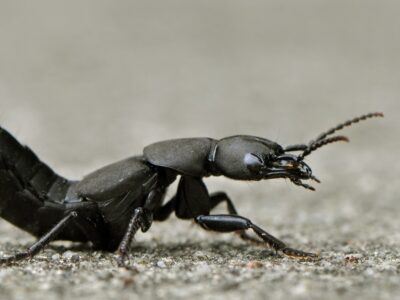
Devil’s Coach Horse Beetle
The Devil’s coach horse beetle can emit a noxious substance to deter predators

Dog
First domesticated in South-East Asia!
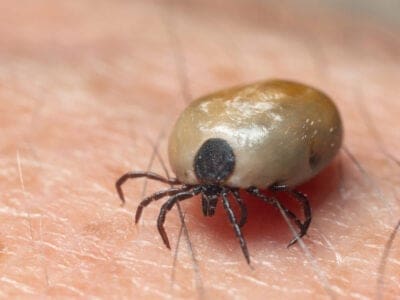
Dog Tick
Dog ticks feed on dogs and other mammals

Dogue De Bordeaux
Extremely loyal and devoted to it's master!
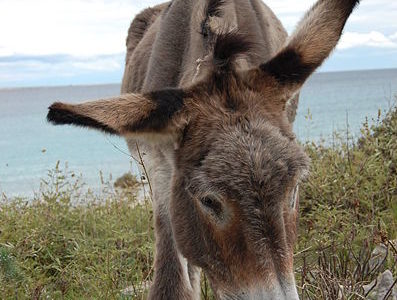
Donkey
First domesticated 5,000 years ago!
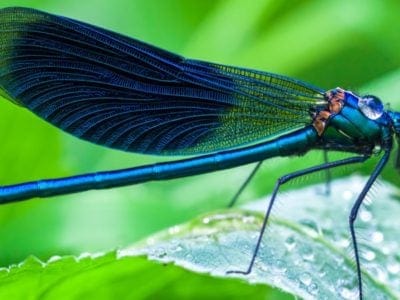
Dragonfly
It's larvae are carnivorous!
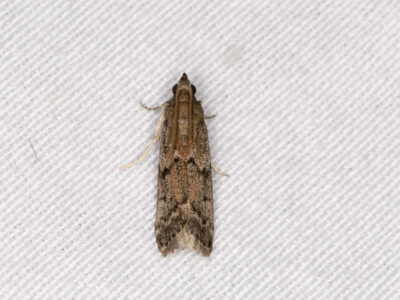
Dried Fruit Moth
In the event of adverse environmental conditions, dried fruit moth larvae will become dormant and stop developing.
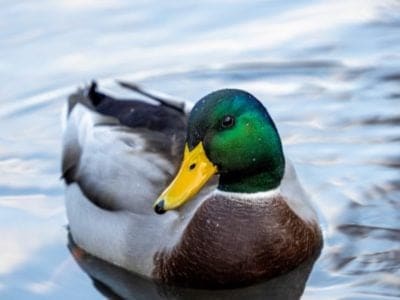
Duck
Rows of tiny plates line their teeth!
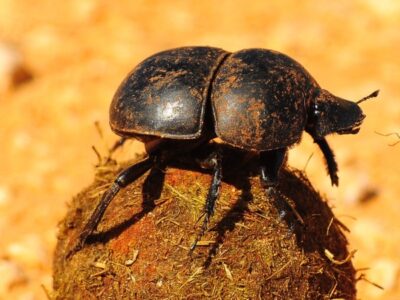
Dung Beetle
The dung beetle can push objects many times its own weight
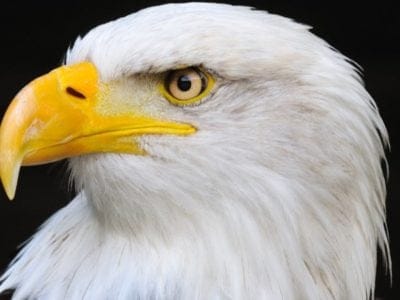
Eagle
Has exceptional eyesight!
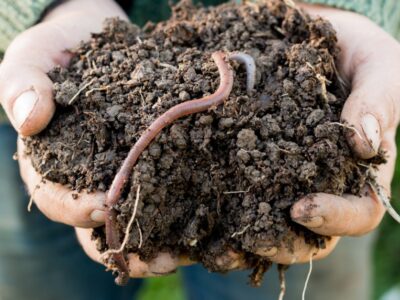
Earthworm
They are hermaphrodites, which means they have male and female organs
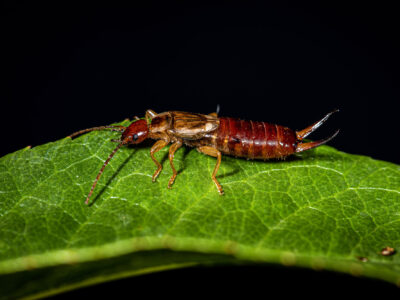
Earwig
There are nearly 2,000 different species!
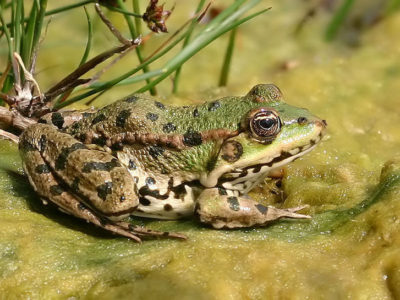
Edible Frog
Are known to guard the muddy banks!
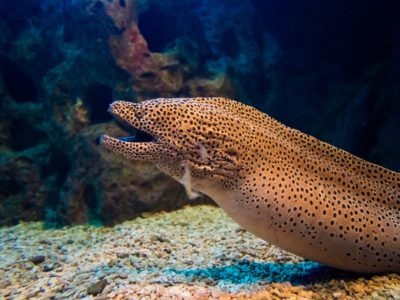
Eel
Eels can be a mere few inches long to 13 feet!
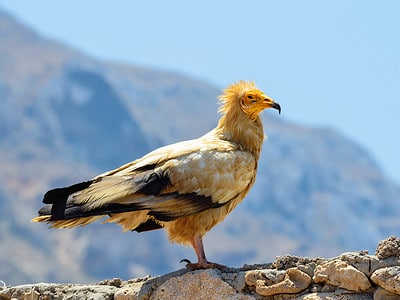
Egyptian Vulture
They steal large ostrich eggs and use rocks and pebbles to crack the shells.
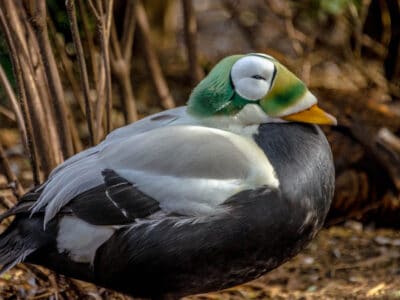
Eider
Eiders are sexually dimorphic, with males being larger and more colorful.

Epagneul Pont Audemer
Hard-working, gentle and affectionate!
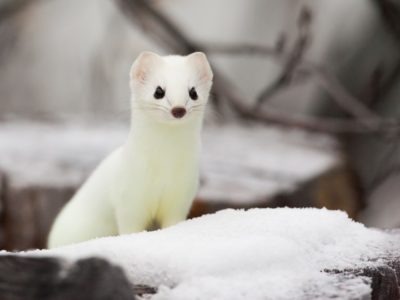
Ermine
A very bold and ferocious predator!
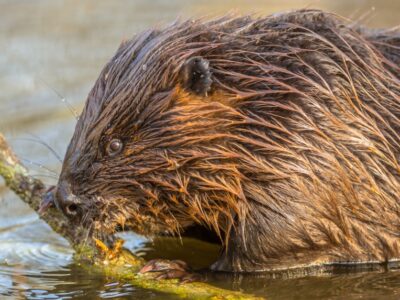
Eurasian Beaver
Eats 20% of its weight daily!
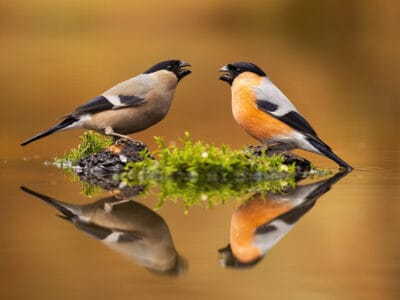
Eurasian Bullfinch
The shy eurasian bullfinch prefers to forage very close to cover.
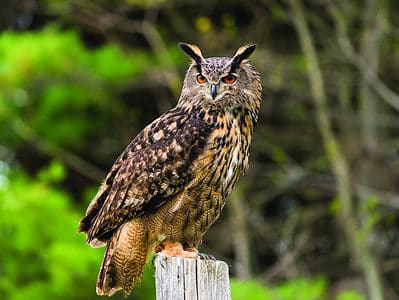
Eurasian Eagle-owl
The Eurasian Eagle-owl is the second largest owl in the world with a wingspan up to six feet!
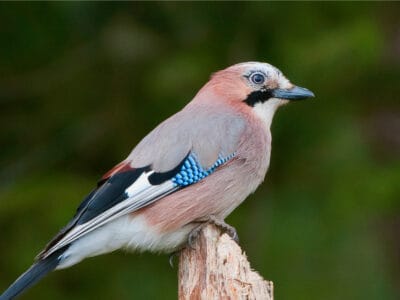
Eurasian Jay
The Eurasian jay has the ability to mimic other sounds
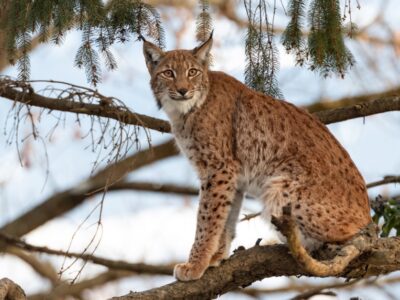
Eurasian Lynx
Eurasian lynxes can survive extreme weather up to elevations of 18,000 feet
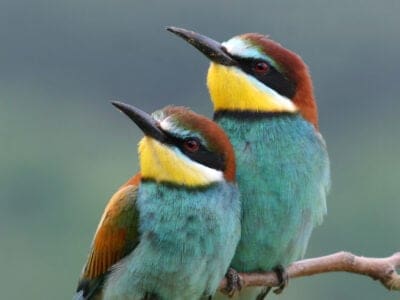
European Bee-Eater
They can eat up to 250 bees per day!
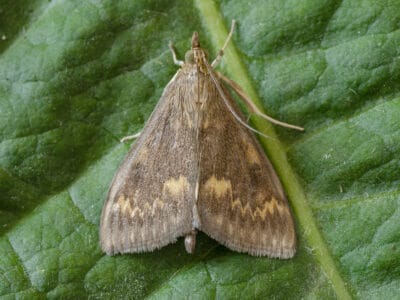
European Corn Borer
Female can lay up to 600 eggs in her 14-day lifespan
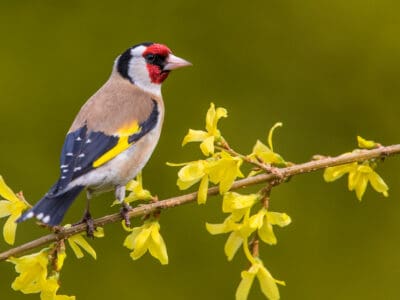
European Goldfinch
They are frequent visitors to backyard feeders, especially those containing niger seeds.
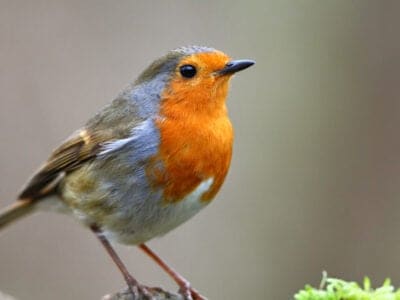
European Robin
Male robins are so aggressive and territorial that they will attack their own reflections.
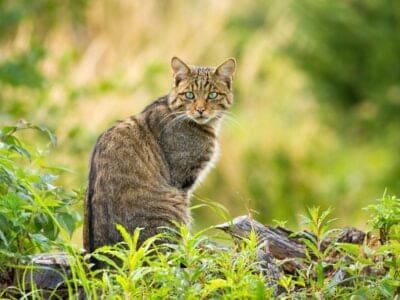
European Wildcat
A group of wild cats is called a destruction
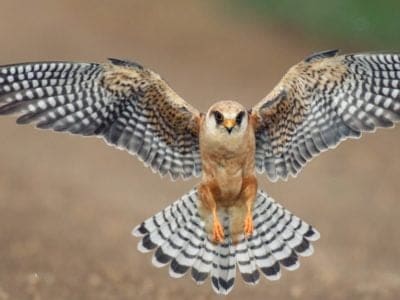
Falcon
The fastest creatures on the planet!
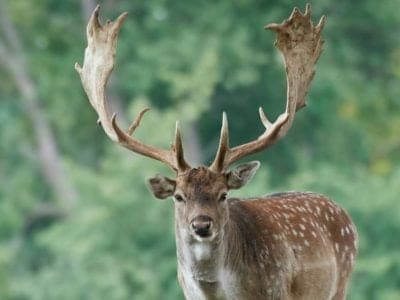
Fallow deer
The fallow deer has more variation in its coat colors than most other deer.
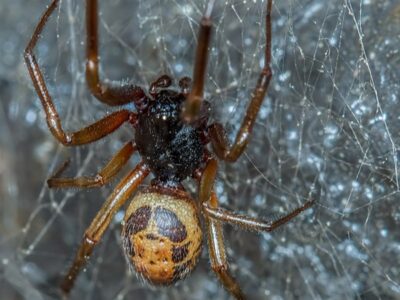
False Widow Spider
False spiders actually prey on black widow spiders and other hazardous spiders
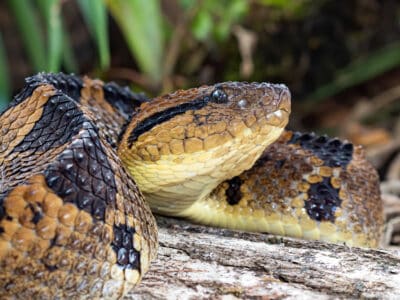
Fer-de-lance Snake
The Most Dangerous Snake in the Americas
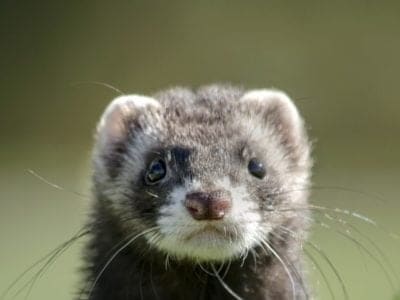
Ferret
Ferrets can be trained to do tricks like dogs!
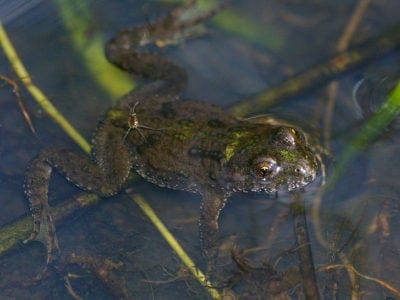
Fire-Bellied Toad
Found across mainland Europe and Asia!
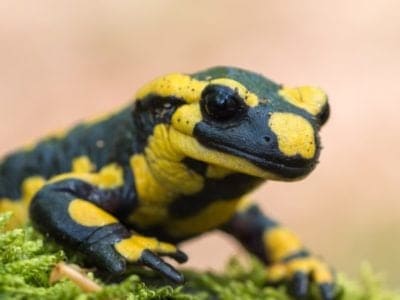
Fire Salamander
Its name comes from the fact that people once believed it was born in fire
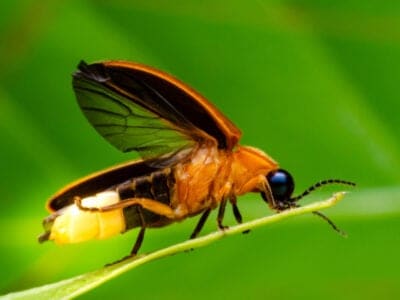
Firefly
The firefly produces some of the most efficient light in the world
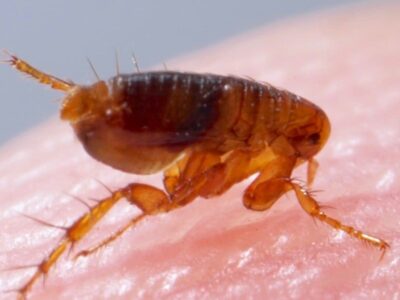
Flea
Adult fleas can jump up to 7 inches in the air
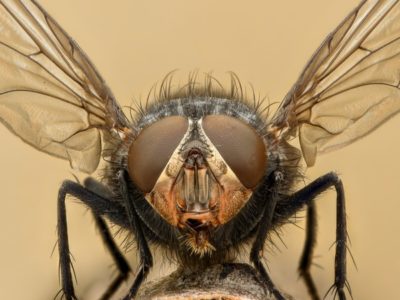
Fly
There are more than 240,000 different species!
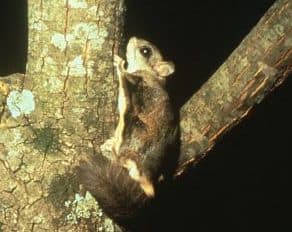
Flying Squirrel
Can glide up to 90 meters!
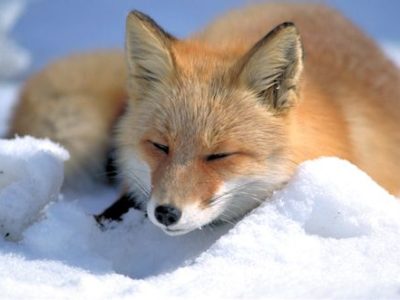
Fox
Only 12 species are considered "true foxes"

French Bulldog
French bulldogs are known to be very sensitive, harboring emotions that they love to express
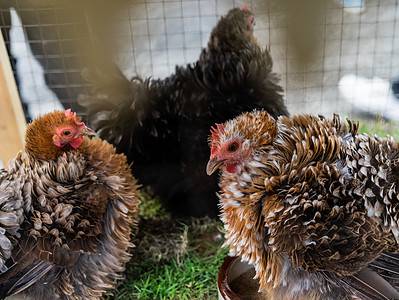
Frizzle Chicken
Frizzle chickens are known for their frizzled feathers, which result from a genetic mutation.
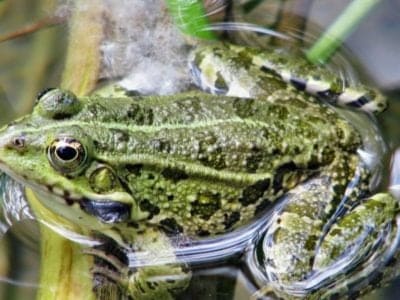
Frog
There are around 7,000 different species!
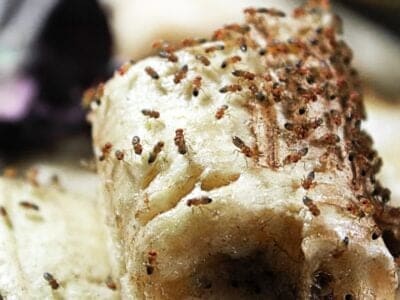
Fruit Fly
Fruit flies are among the most common research animals in the world
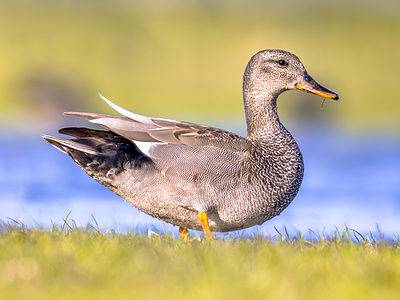
Gadwall
They make many sounds when trying to attract a mate.
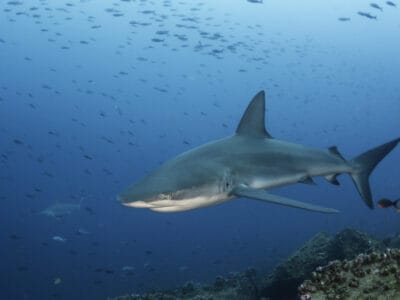
Galapagos Shark
Galapagos sharks are cannibalistic and sometimes eat their young, so the pups stay away from the adults in shallow water.
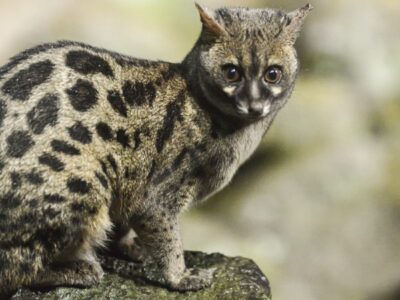
Genet
The Genet has retractable claws like a cat
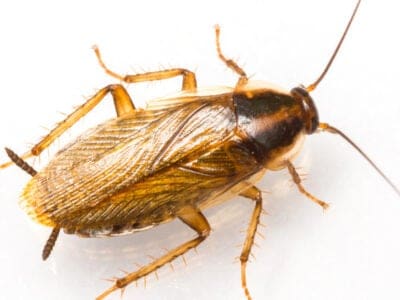
German Cockroach
The most common type of urban roach
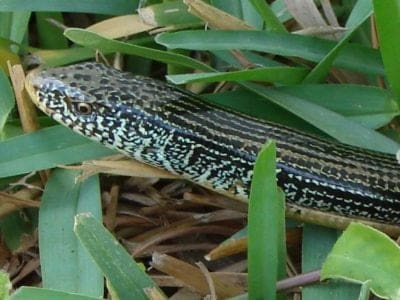
Glass Lizard
Can grow up to 4ft long!
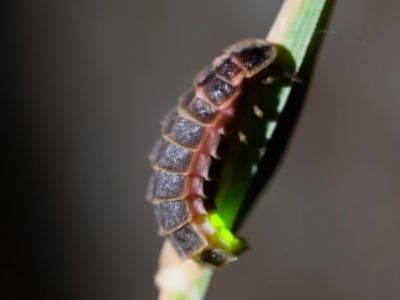
Glowworm
Found inhabiting dense woodland and caves!
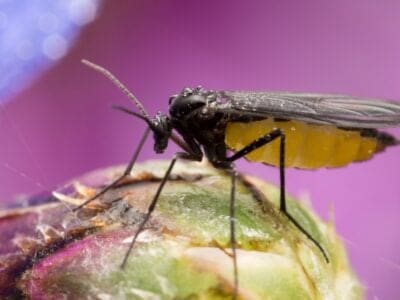
Gnat
Males form large mating swarms at dusk
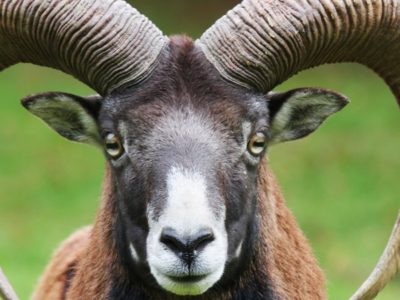
Goat
Most closely related to the Sheep!
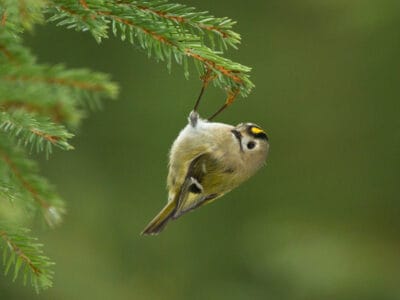
Goldcrest
The goldcrest never starts moving and needs to consume for most of the day to survive. Therefore, in the colder months, it's best that eat 90% a day.
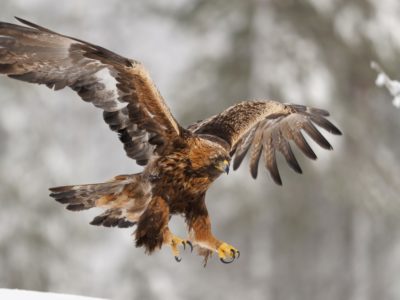
Golden Eagle
Their calls sound like high-pitched screams, but they are quiet most of the time.
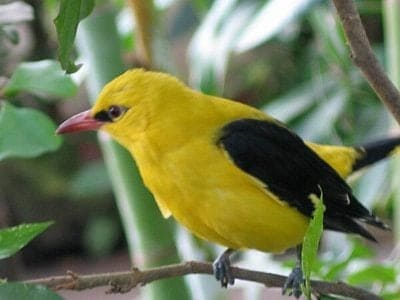
Golden Oriole
Migrates between Europe and Asia!
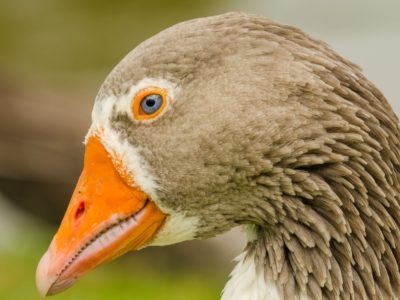
Goose
There are 29 different species!
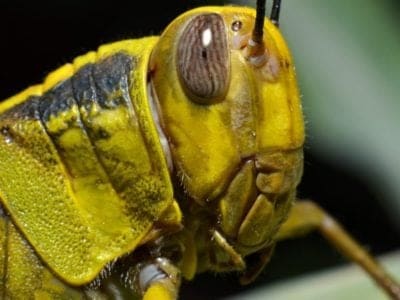
Grasshopper
There are 11,000 known species!
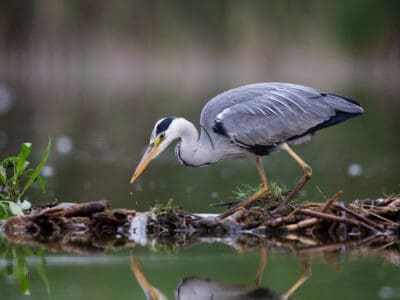
Grey Heron
Male grey herons are picky about their mates. They'll reject a female that they don't fancy.
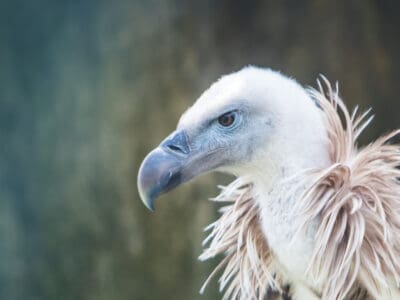
Griffon Vulture
Can spot a dead animal from thousands of feet away
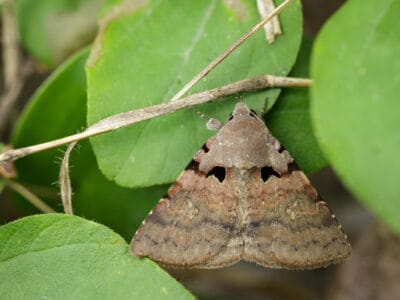
Gypsy Moth
One of the most invasive species in the world
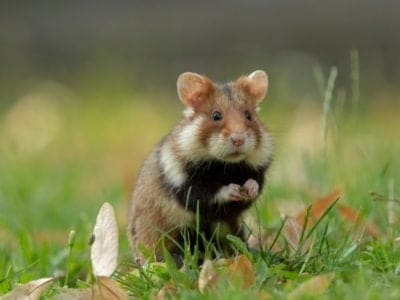
Hamster
Able to run as quickly backwards as forwards!
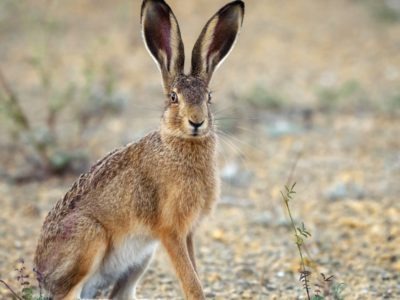
Hare
Can reach speeds of over 50 mph!
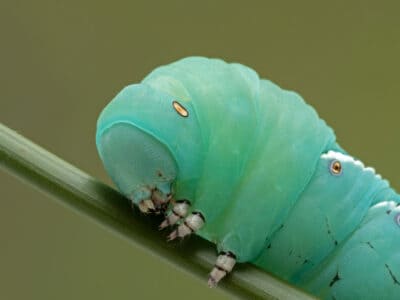
Hawk Moth Caterpillar
Many hawk moth caterpillars eat toxins from plants, but don’t sequester them the way milkweed butterflies do. Most toxins are excreted.
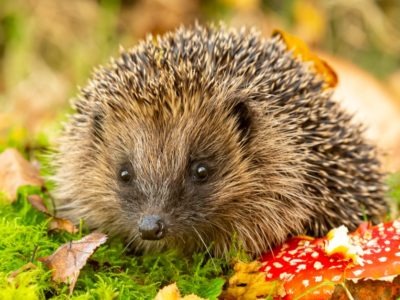
Hedgehog
Thought to be one of the oldest mammals on Earth!
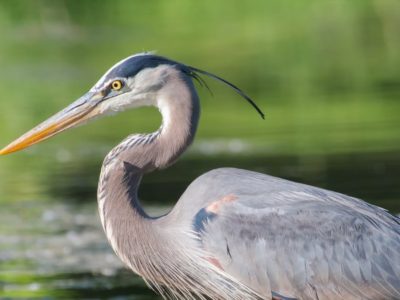
Heron
Inhabits wetlands around the world!
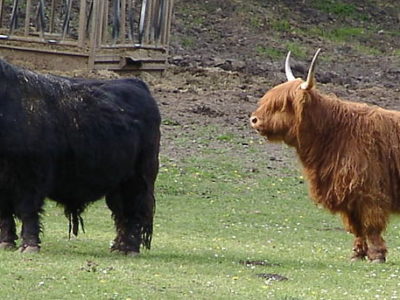
Highland Cattle
Natively found in the Scottish Highlands!
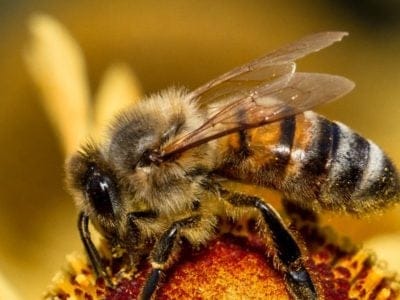
Honey Bee
There are only 8 recognized species!
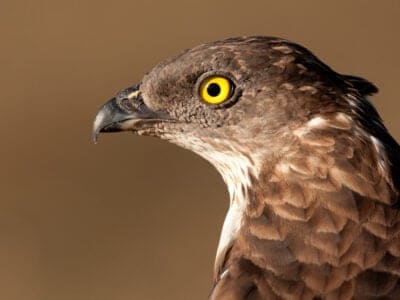
Honey Buzzard
Honey buzzards are medium-sized raptors that earned their names by raiding the nests of bees and wasps.
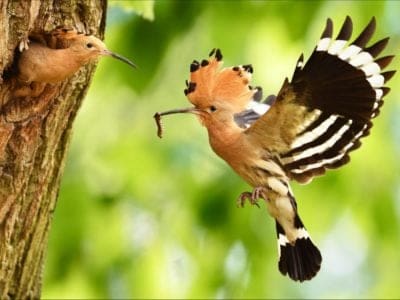
Hoopoe
Stunning bird with a stinky way to deter predators!
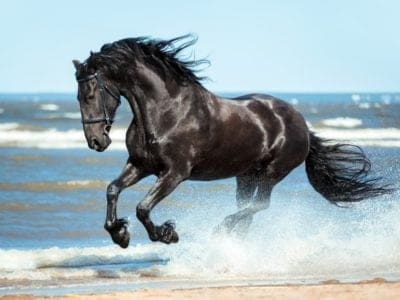
Horse
Has evolved over 50 million years!
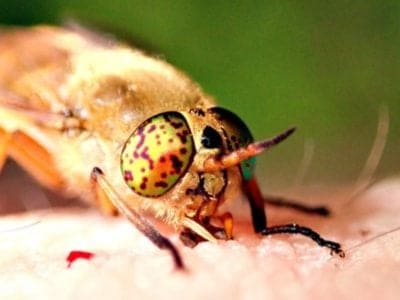
Horsefly
Horseflies have been seen performing Immelmann turns, much like fighter jets.
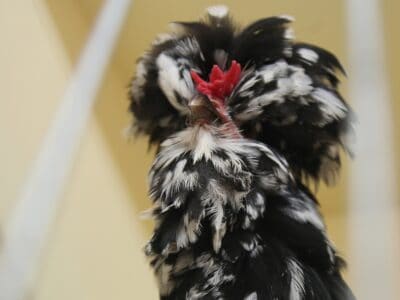
Houdan Chicken
The Houdan chicken has a round, fluffy crest and five toes on each foot!
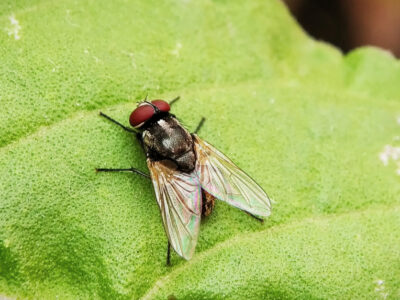
Housefly
The fly has no teeth

Human
Thought to have orignated 200,000 years ago!
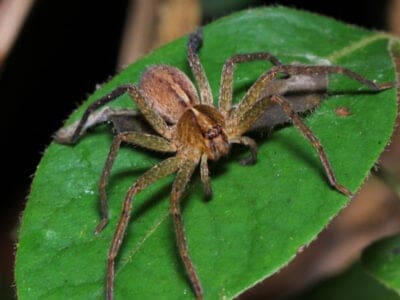
Huntsman Spider
Some huntsman spiders have an interesting way of moving around. Some cartwheel while others do handsprings or backflips.
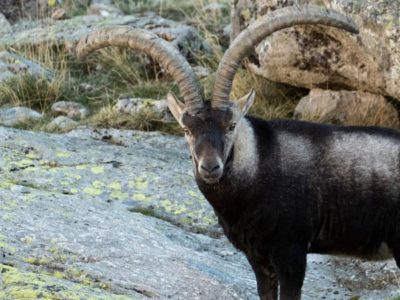
Ibex
Can jump over 6 feet straight up from a standstill
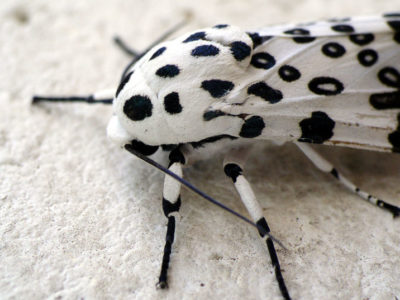
Insects
There are an estimated 30 million species!
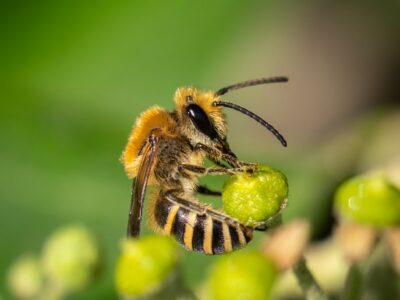
Ivy Bee
N/A
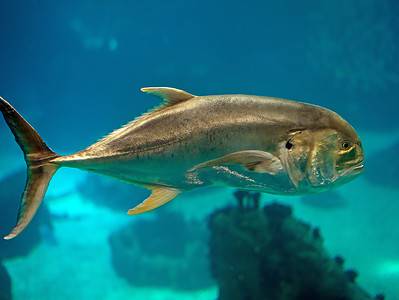
Jack Crevalle
One of the biggest species in the Caranx genus
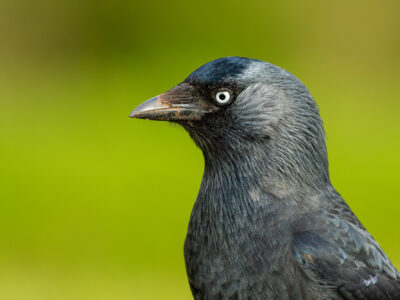
Jackdaw
The jackdaw tends to mate for life with a single partner
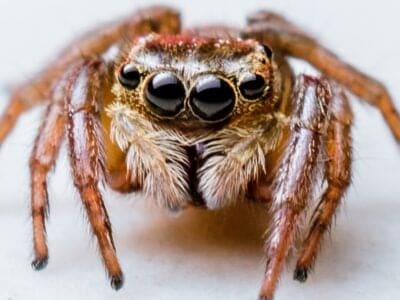
Jumping Spider
Some can jump 50 times the length of their bodies
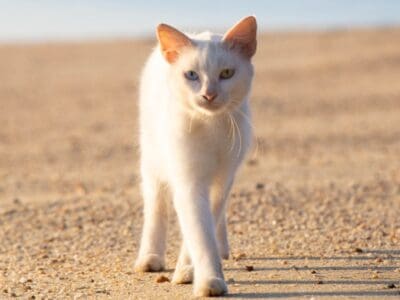
Khao Manee
The Khao Manee is one of the rarest cat breeds in the world.
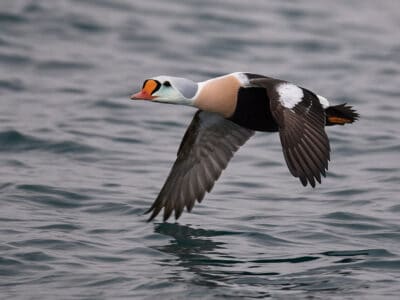
King Eider
The species name, spectabilis, is Latin for “showy” or “remarkable,” referencing the attractiveness of the adult male’s plumage.
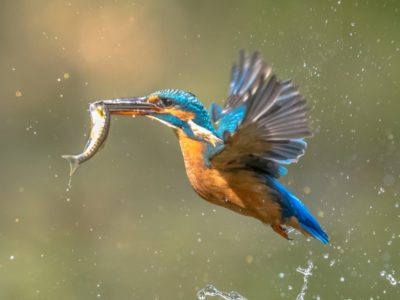
Kingfisher
Inhabits wetlands and woodlands worldwide!
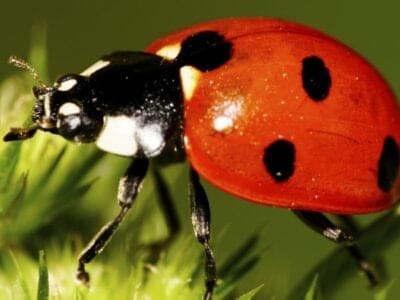
Ladybug
There are more than 5,000 species worldwide!
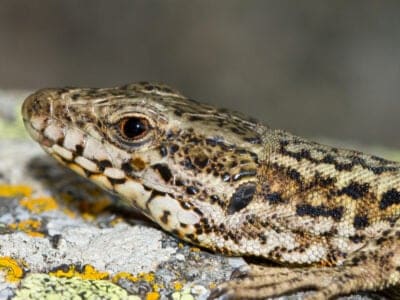
Lazarus Lizard
Lazarus Lizards can communicate through chemical and visual signals.
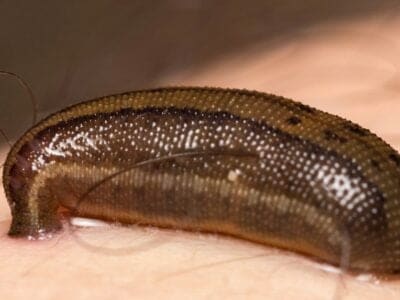
Leech
Has 10 pairs of eyes!
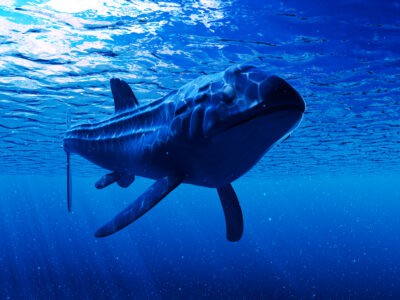
Leedsichthys
Leedsichthys is one of the largest fish ever discovered
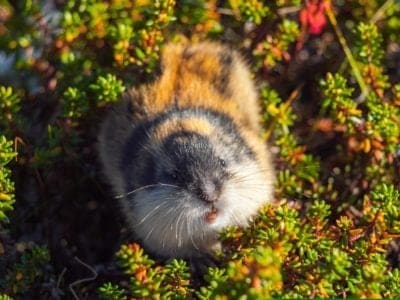
Lemming
Does not hibernate during the bitter Arctic winter!
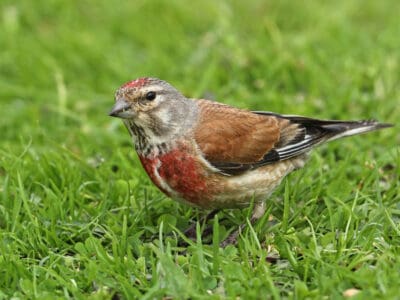
Linnet
While linnets are monogamous during mating season, they do not mate for life. While breeding pairs are together, the males are highly territorial and will defend the nesting site and the surrounding area.

Liopleurodon
Liopleurodon were fast swimmers that lived entirely under water, but they had no gills
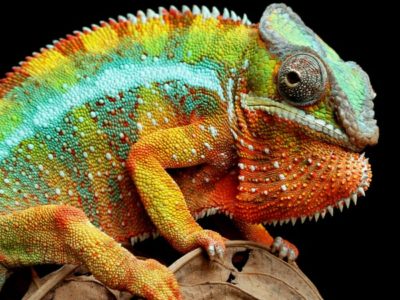
Lizard
There are around 5,000 different species!
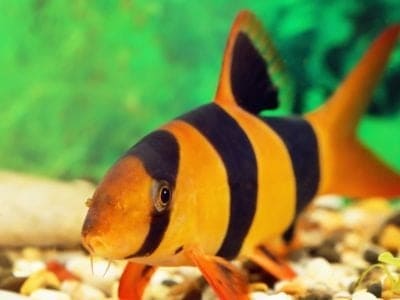
Loach
Have sharp spines below their eyes
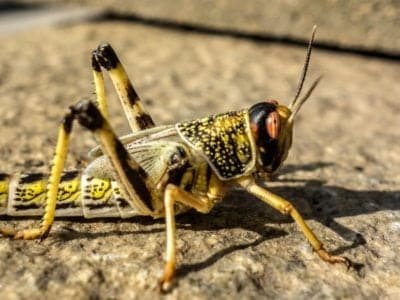
Locust
Each locust can eat its weight in plants each day.
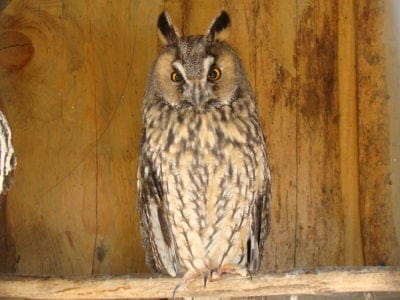
Long-Eared Owl
Ear tufts make it look bigger!
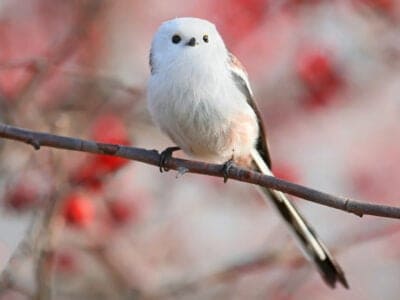
Long-Tailed Tit
Often hangs upside down while feeding!
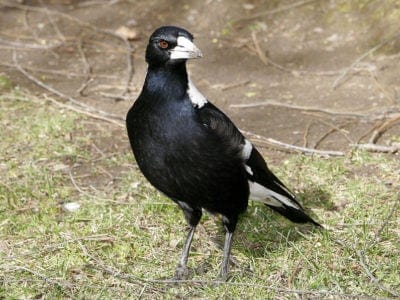
Magpie
They are found across Europe, Asia and Africa!
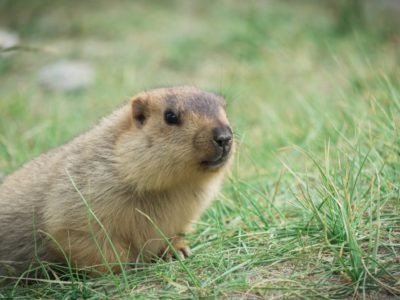
Marmot
A marmot spends 80% of its life below ground
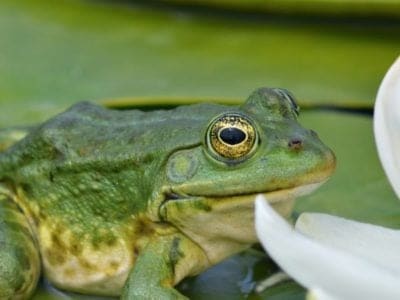
Marsh Frog
Has bright green skin!
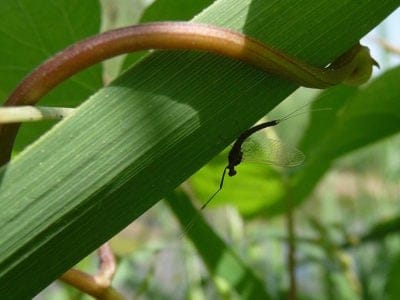
Mayfly
There are 2,500 known species worldwide!
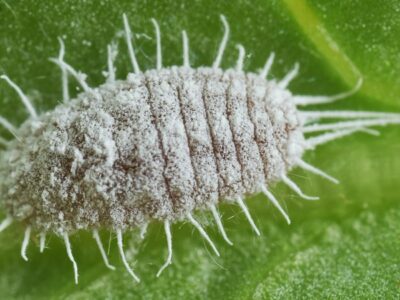
Mealybug
They have a symbiotic relationship with ants.
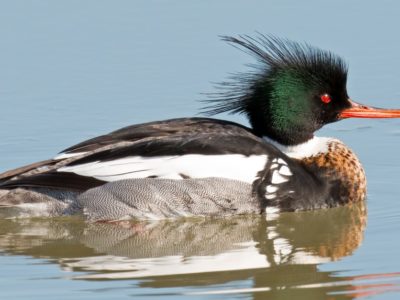
Merganser
They line their nests with their feathers
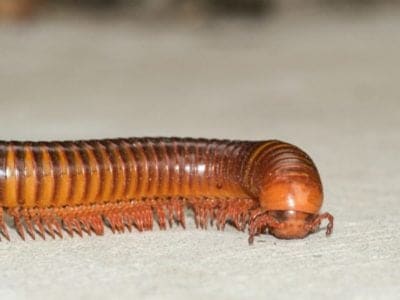
Millipede
Some species have a poisonous bite!
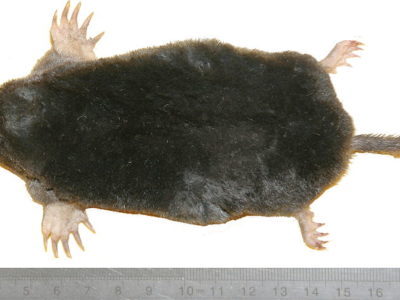
Mole
Primarily hunts and feeds on Earthworms!
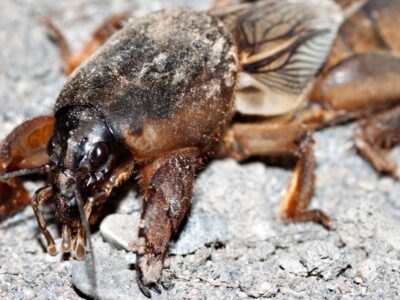
Mole Cricket
Adult Mole crickets may fly as far as 5 miles during mating season and are active most of the year.
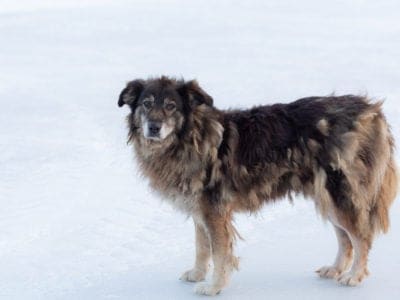
Mongrel
Has characteristics of two or more breeds!
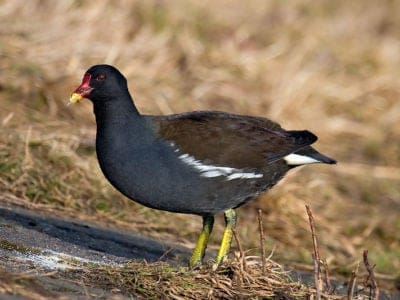
Moorhen
Feeds on aquatic insects and water-spiders!
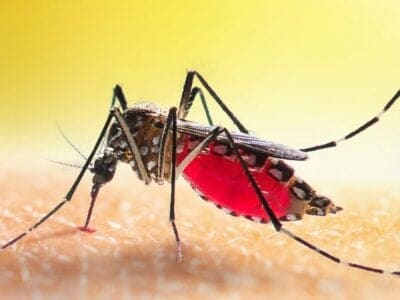
Mosquito
Only the female mosquito actually sucks blood
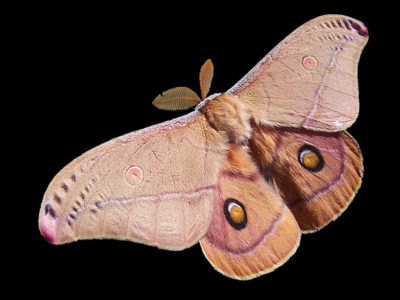
Moth
There are 250,000 different species!
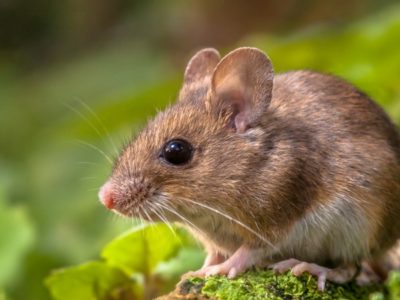
Mouse
Found on every continent on Earth!
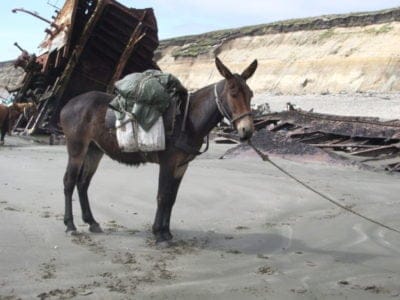
Mule
The offspring of a horse and donkey parents!
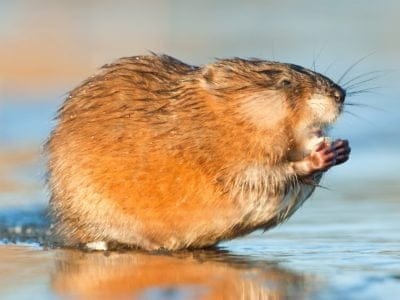
Muskrat
The muskrat can stay underwater up to 17 minutes at a time
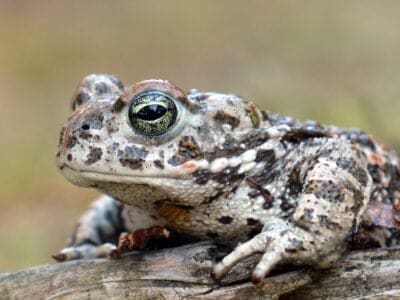
Natterjack
Can lay up to 7500 eggs

Neanderthal
Roamed Asia and Europe for around 100,000 years!
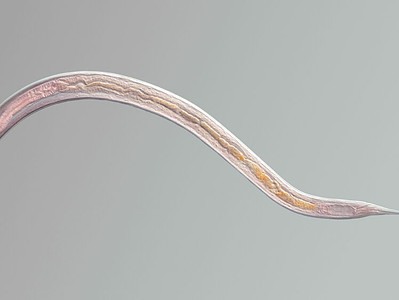
Nematode
Nematodes range in size from 1/10 of an inch to 28 feet long
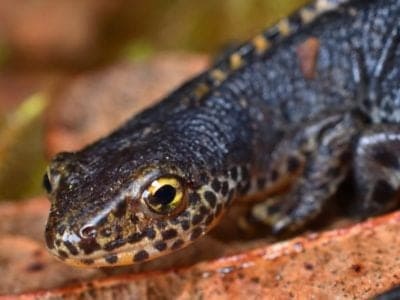
Newt
Able to regrow lost or damaged limbs!
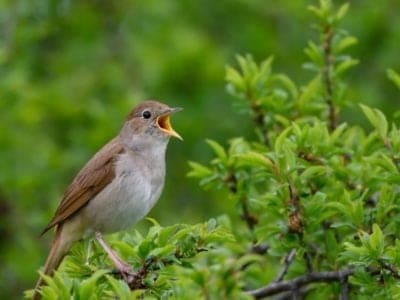
Nightingale
Named more than 1,000 years ago!
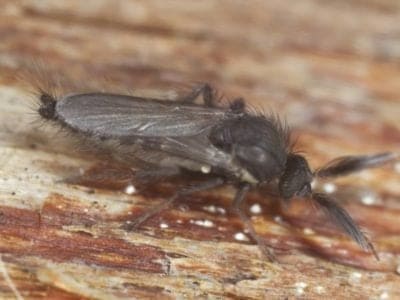
No See Ums
There are more than 5,000 species.
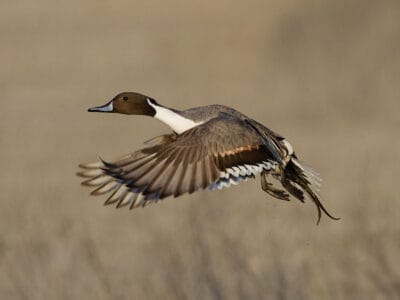
Northern Pintail
Northern pintails migrate at night with speeds reaching 48 miles per hour!
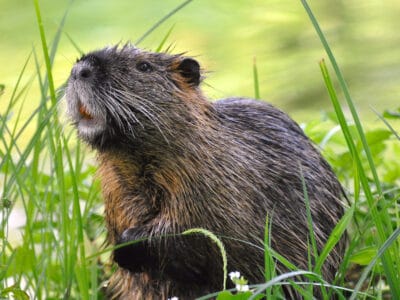
Nutria
An invasive species, one female nutria can birth up to 200 babies in just a few years of living!
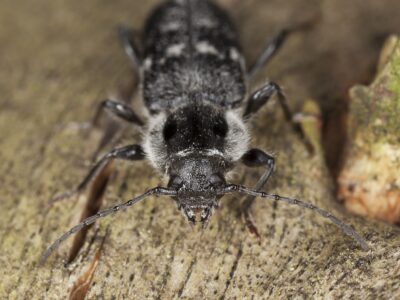
Old House Borer
Depending on the habitat and climate, these beetles can live between 2 to 10 years, often staying in their larval stage for several years, making them extremely dangerous to wooden structures.
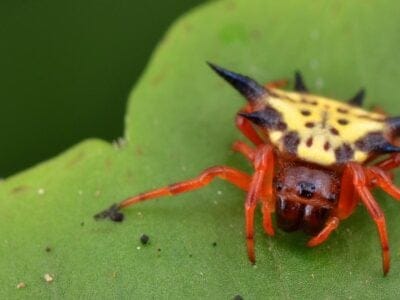
Orb Weaver
Females are about four times the size of males
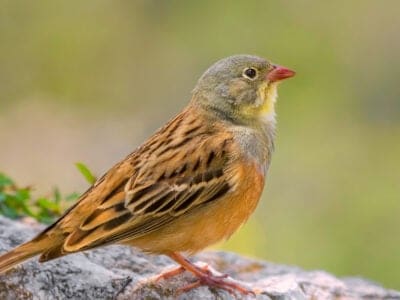
Ortolan Bunting
The tradition of hiding your face with a napkin or towel while eating this bird was begun by a priest who was a friend of the great French gastronome Jean Anthelme Brillat-Savarin.
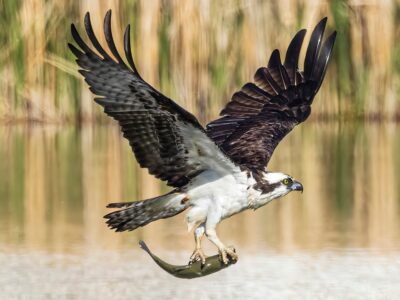
Osprey
They reuse nesting sites for 70 years!
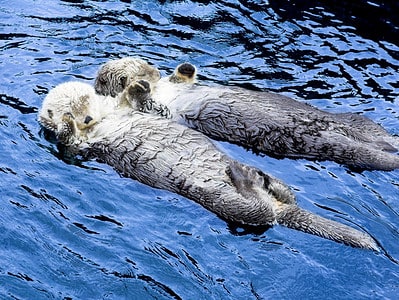
Otter
There are 13 different species worldwide
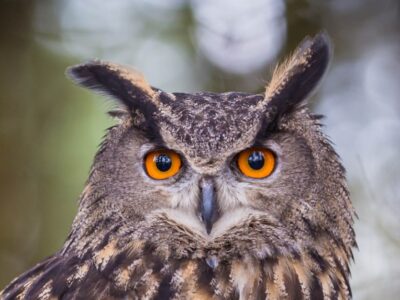
Owl
The owl can rotate its head some 270 degrees
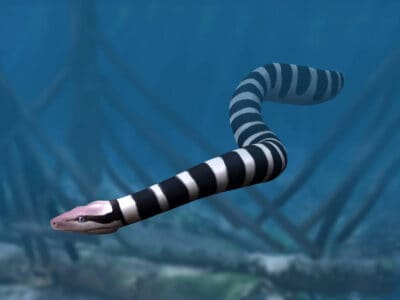
Palaeophis
This snake was as long as a school bus!

Papillon
Originally called the Toy Spaniel, the Papillon is one of the oldest breeds in the toy group. They can be found in artwork dating back to the 16th century.
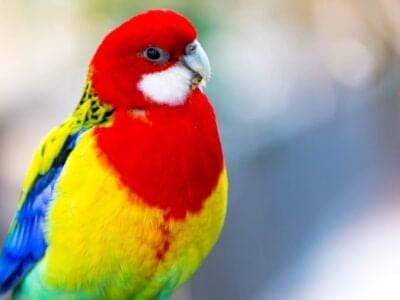
Parakeet
Monk parakeets are the only parakeets that actually build nests. They’re also the only parakeets to nest in great colonies.
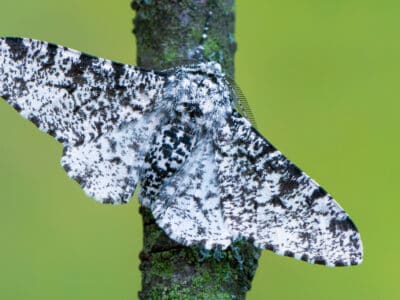
Peppered Moth
Teachers in schools often use the evolution of the peppered moth as a good example of Darwin’s theory of natural selection.
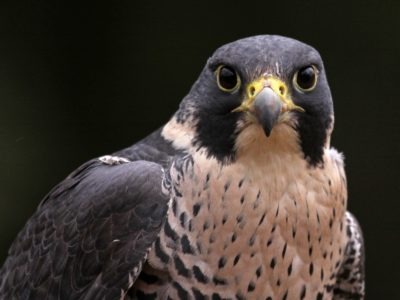
Peregrine Falcon
Fastest animal on Earth

Petit Basset Griffon Vendéen
A small dog with a big, lively personality.
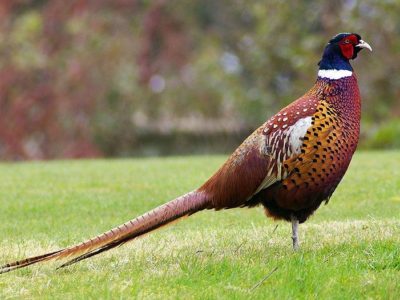
Pheasant
Females lay between 8 and 12 eggs per clutch!

Picardy Spaniel
Picardy spaniels are one of the few working dogs that do well in apartments as long as they get their long walks every day.
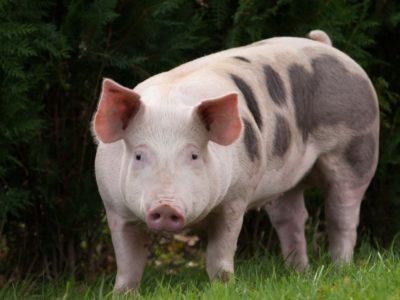
Pig
Thought to have been domesticated in 9,000 BC!
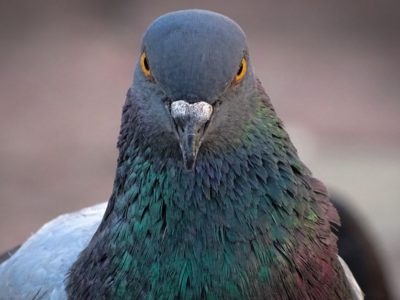
Pigeon
They can find their way back to their nests from up to 1300 miles away.
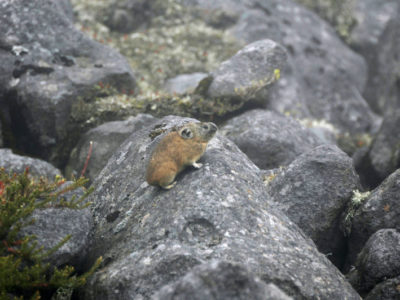
Pika
Found in mountainous regions and rocky areas
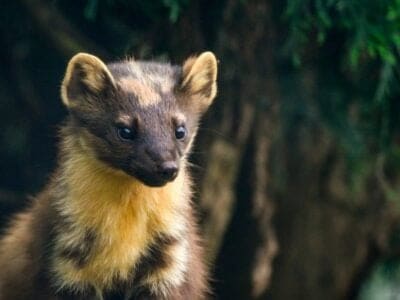
Pine Marten
A pine marten can jump from tree to tree similar to a squirrel.
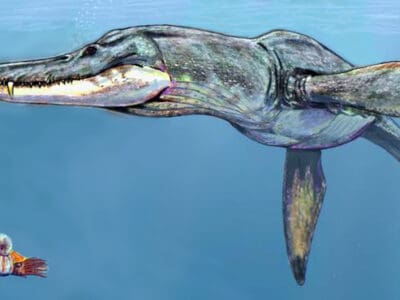
Pliosaur
Pliosaurs were the short-necked version of plesiosaurs.
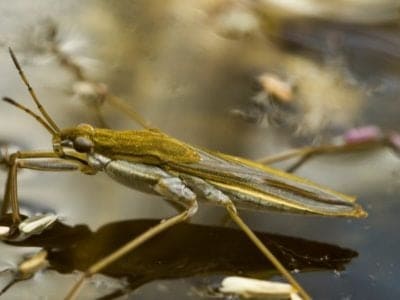
Pond Skater
There are 500 different species!

Poodle
Intelligent, alert and active!
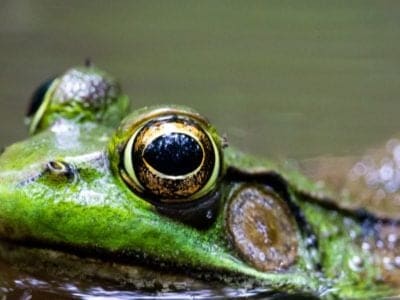
Pool Frog
The rarest amphibian in the UK!
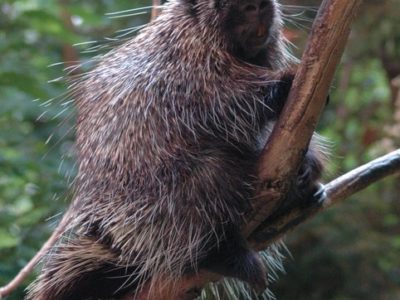
Porcupine
There are 30 different species worldwide!
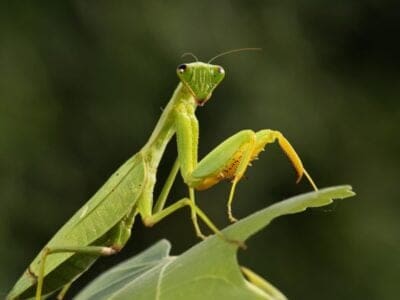
Praying Mantis
The mantis can turn its head 180 degrees.

Pugapoo
The pugapoo is the fusion of a pug and a poodle.
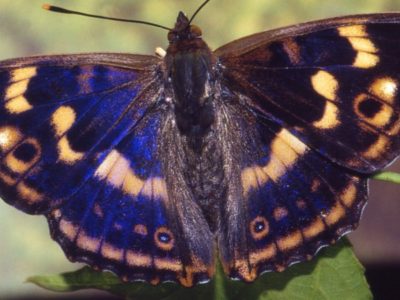
Purple Emperor Butterfly
Inhabits deciduous forests!
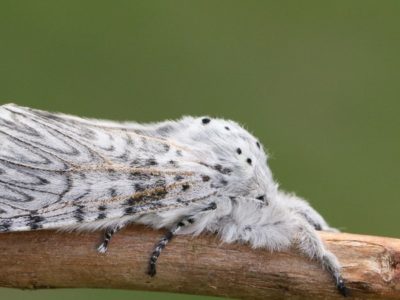
Puss Moth
Caterpillars squirt formic acid!
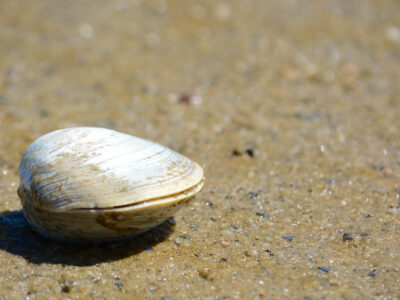
Quahog Clam
Their hinged shell protects their soft body
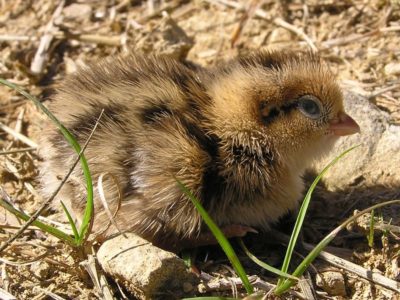
Quail
Inhabits woodland and forest areas worldwide!
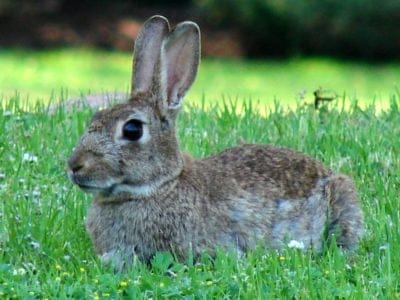
Rabbit
There are more than 300 different species!
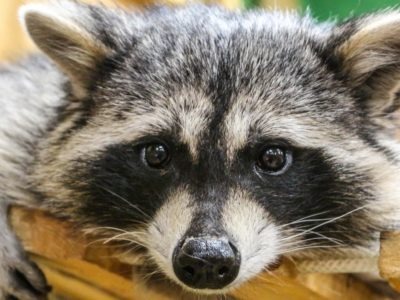
Raccoon
Known to wash their food before eating it!
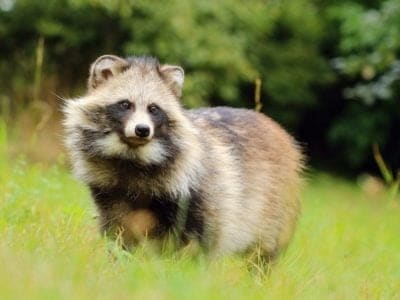
Raccoon Dog
The only hibernating canine!
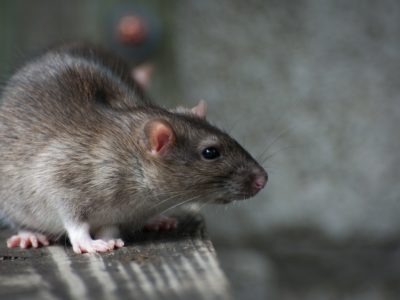
Rat
Omnivores that eat anything!
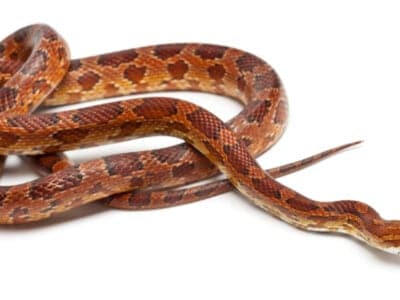
Rat Snakes
Rat snakes are constrictors from the Colubridae family of snakes.

Red Deer
A male red deer shows his age in his antlers, which become longer and more branched every year.
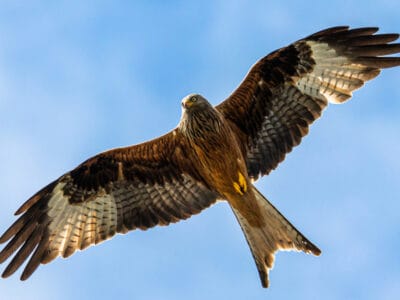
Red Kite
This bird moves its tail to steer its body like a rudder on a boat.
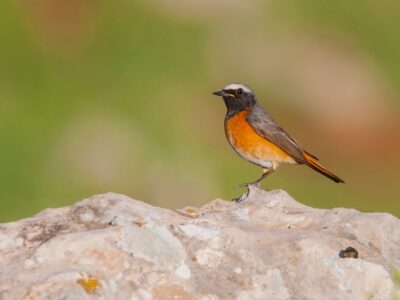
Redstart
They build their nests off the ground in tree holes, cavities, stone walls, and roofs
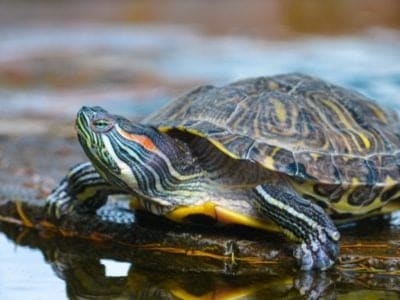
River Turtle
Inhabits freshwater habitats around the world!
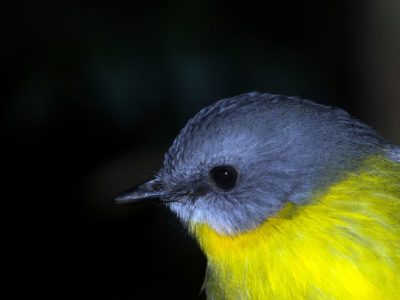
Robin
There are more than 45 species in Australia alone!
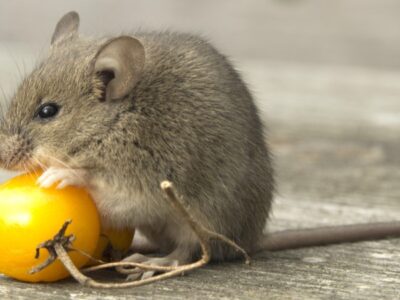
Rodents
The capybara, the world’s largest rodent, likes to be in and around bodies of water. Because of this, the Catholic Church in South America decided that it was a fish, and people were allowed to eat it during Lent and First Fridays.
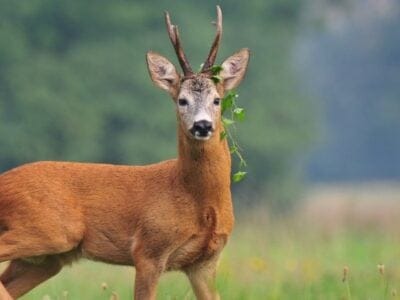
Roe Deer
The roe is one of the most popular game animals in Europe
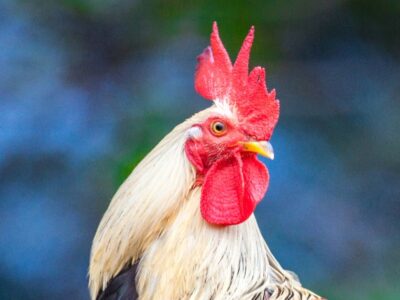
Rooster
Will mate with the entire flock!
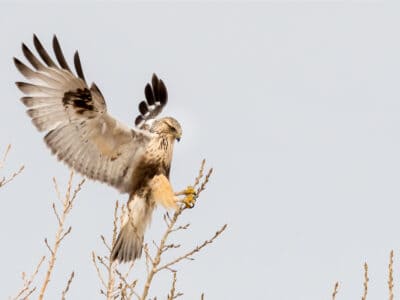
Rough-Legged Hawk (Rough-Legged Buzzard)
Its scientific name, lagopus, is Ancient Greek for “hare” and “foot,” referring to its feathered feet and toes.
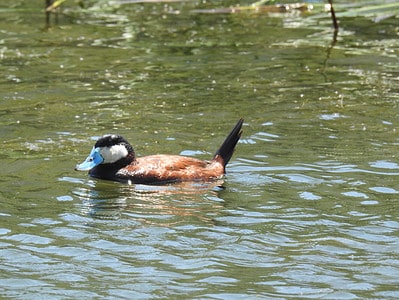
Ruddy Duck
Ruddy duck breeding males have bright blue bills!
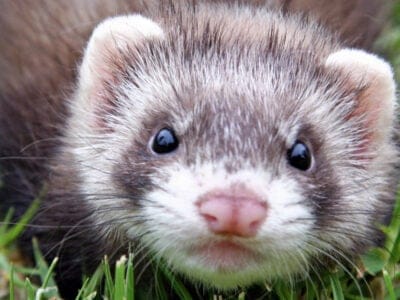
Sable Ferret
Ferrets were used during the Revolutionary War to keep down the rat population.
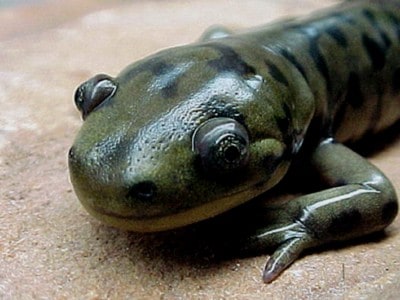
Salamander
There are more than 700 different species!
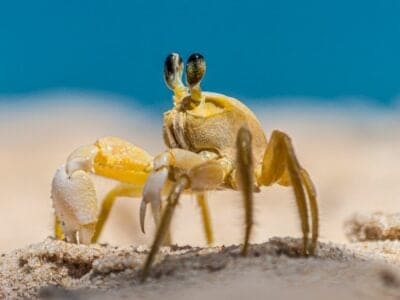
Sand Crab
The sand crab burrows beneath the sand with its tail
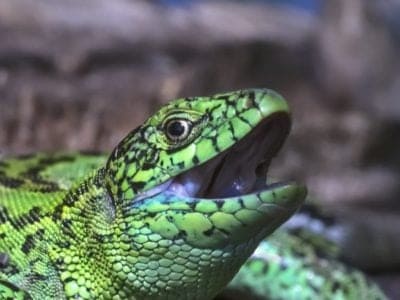
Sand Lizard
Males turn green in spring!
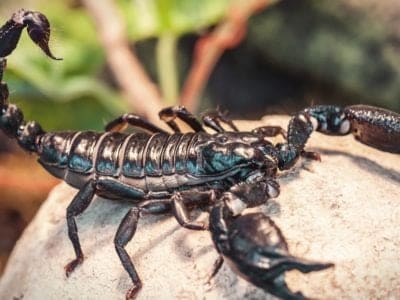
Scorpion
There are around 2,000 known species!
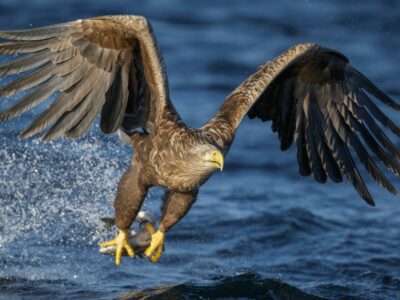
Sea Eagle
The sea eagle tends to mate for life with a single partner
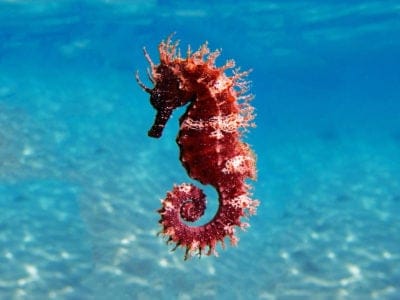
Seahorse
Males give birth to up to 1,000 offspring!
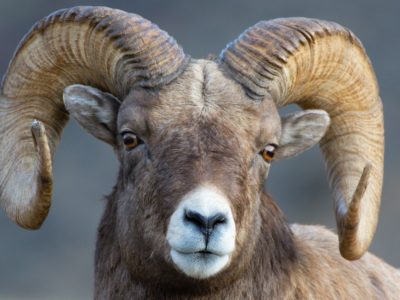
Sheep
Around 35 million in the English countryside!
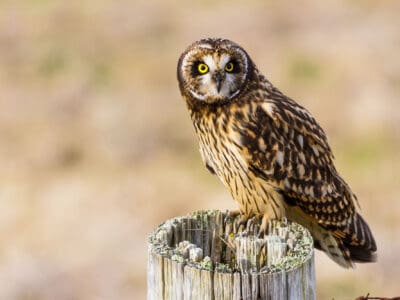
Short-Eared Owl
The short-eared owl is one of the most widespread owl species in the world, covering five continents.
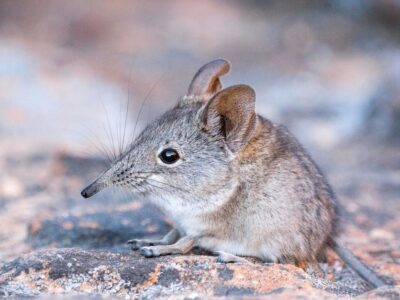
Shrew
The spinal column of the shrew Scutisorex somereni is so strong and reinforced that it can support the weight of an adult human.
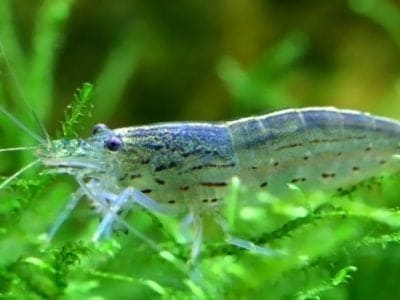
Shrimp
There are 2,000 different species worldwide!
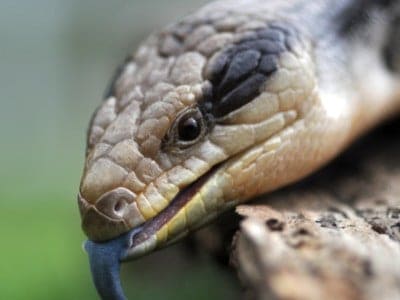
Skink Lizard
Some skinks lay eggs in some habitats while giving birth to skinklets in other habitats.
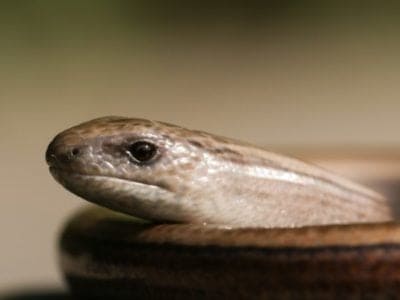
Slow Worm
Found widely throughout British gardens!
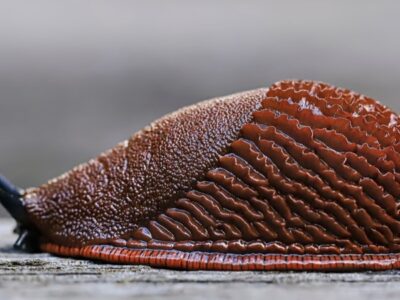
Slug
They glide around on one foot, which is aided by the slime they produce
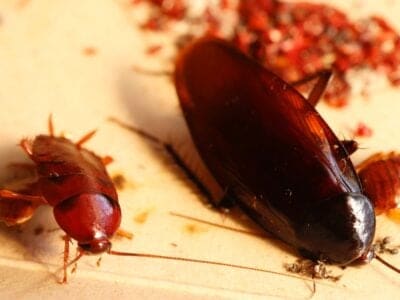
Smokybrown Cockroach
Has up to 45 eggs per egg case
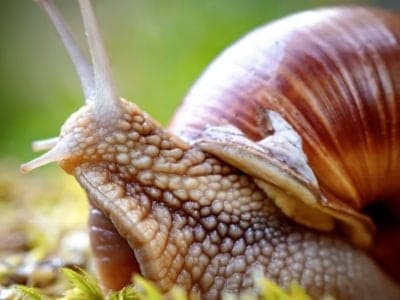
Snail
There are nearly 1,000 different species!
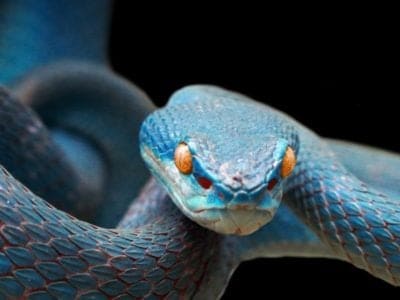
Snake
There are around 4,000 known species worldwide
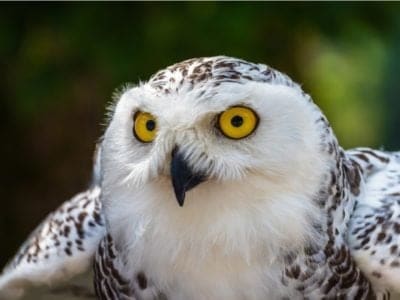
Snowy Owl
One of the largest owl species in the world!
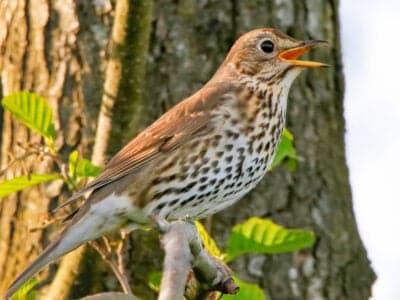
Song Thrush
A male song thrush can have over 100 phrases in his repertoire of songs and can imitate pet birds, telephones and other man-made objects.
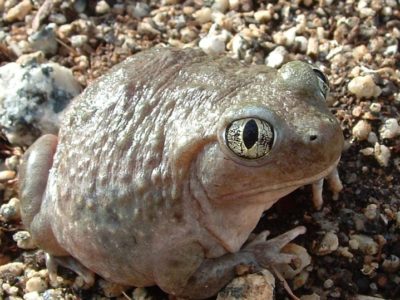
Spadefoot Toad
They spend most of their time underground!
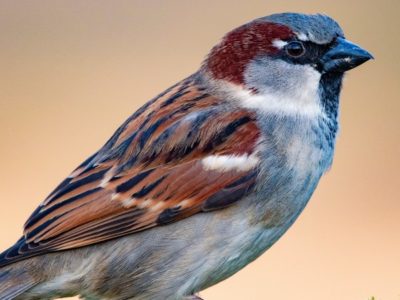
Sparrow
There are 140 different species!
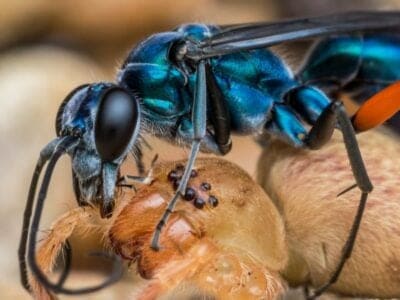
Spider Wasp
They prey on spiders to feed their larvae or they parasitize other spider wasps.
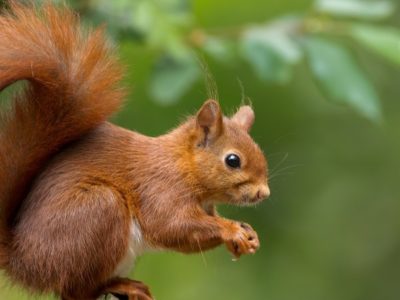
Squirrel
Small rodents found in woodlands worldwide!
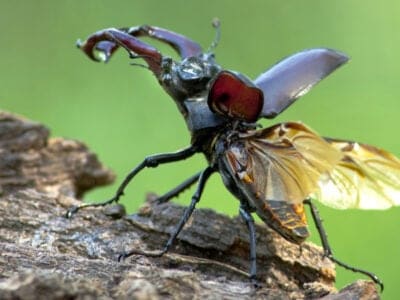
Stag Beetle
The stag beetle consumes rotting and decaying wood when it is in the larva stage.
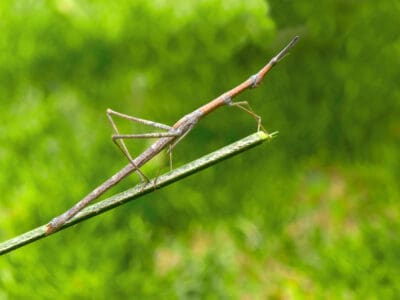
Stick Insect
There are more than 3,000 different species!
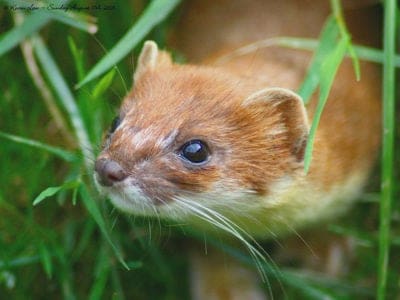
Stoat
Average adults weigh about 200 grams!
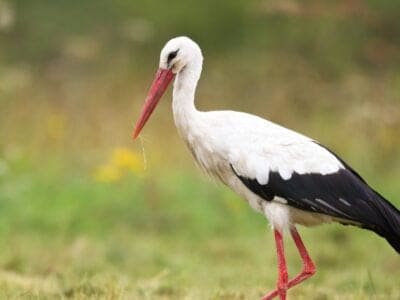
Stork
They can’t sing like other birds.
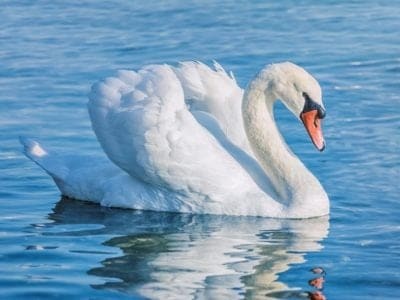
Swan
Populations have been affected by pollution!
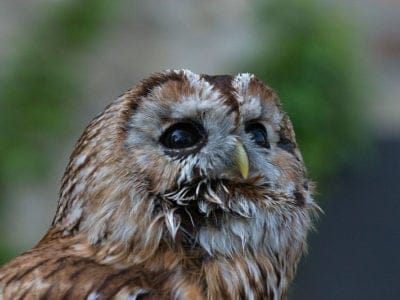
Tawny Owl
The most widespread owl in Europe!
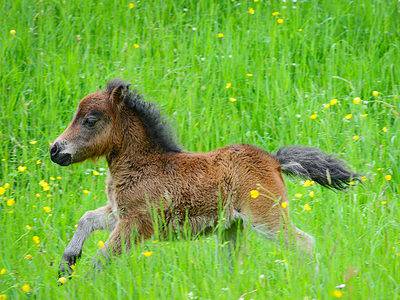
Teacup Miniature Horse
Female teacup minis become sexually mature between 2 and 5 years old, but breeders typically wait until their horse is 3 before letting her reproduce to prevent complications.
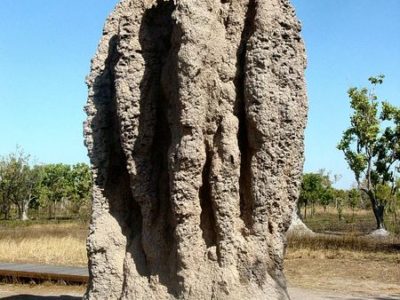
Termite
Their mounds can be up to 9 meters tall!

Theropod
Some theropods had feathers and may have been ancestors of modern birds.
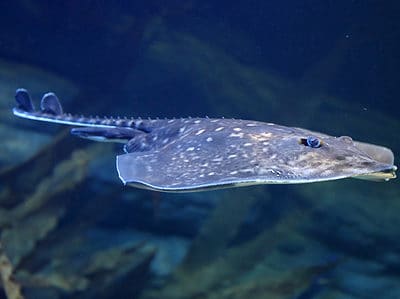
Thornback Ray
The skate with the biggest spines!
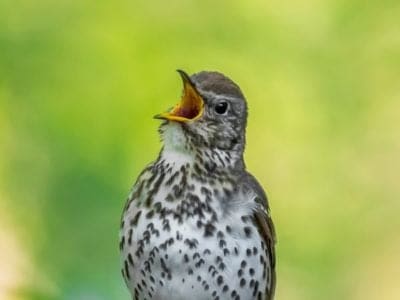
Thrush
The American robin is called the robin because its red breast reminded European settlers of the robin back in the old country.
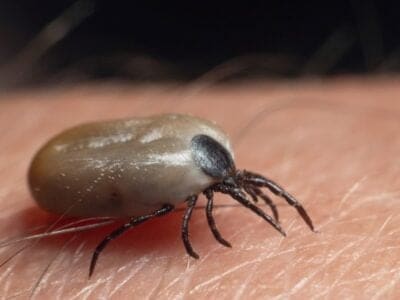
Tick
They inject hosts with a chemical that stops them from feeling the pain of the bite
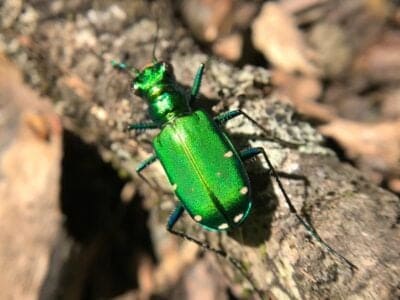
Tiger Beetle
The adult tiger beetle is one of the fastest land insects in the world
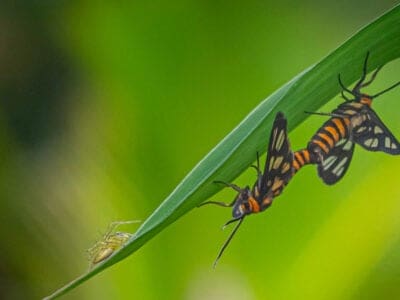
Tiger Moth
The bright colors of this moth are a signal to predators that it has a terrible taste.
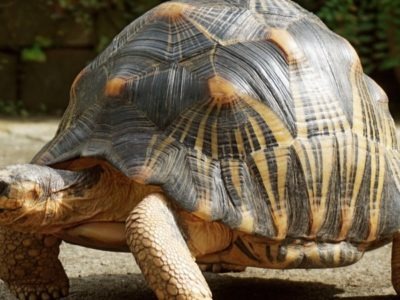
Tortoise
Can live until they are more than 150 years old!

Toy Poodle
The word poodle is derived from German, and it means "to splash" or "puddle."
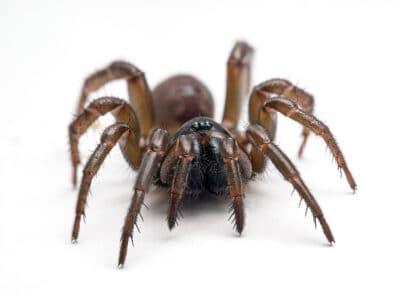
Trapdoor spider
Ambush their prey using a trapdoor made of silk
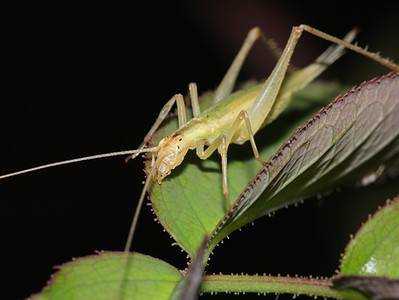
Tree Cricket
They make music with their wings
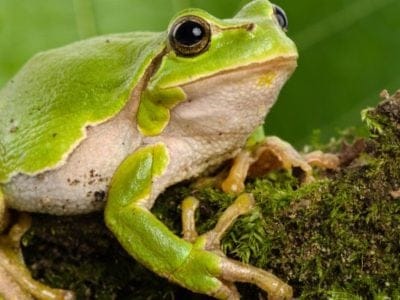
Tree Frog
Found in warmer jungles and forests!
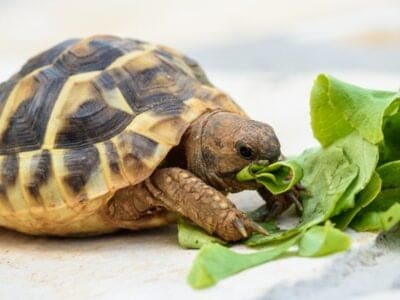
Turtles
Some species of aquatic turtles can get up to 70 percent of their oxygen through their butt.
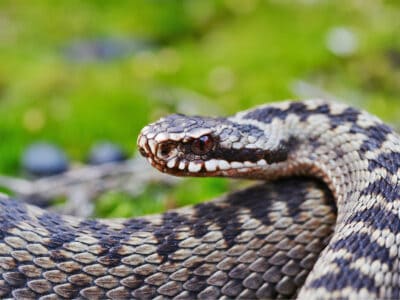
Viper
Vipers are one of the most widespread groups of snakes and inhabit most
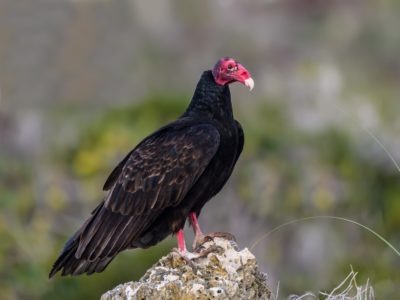
Vulture
There are 30 different species worldwide!
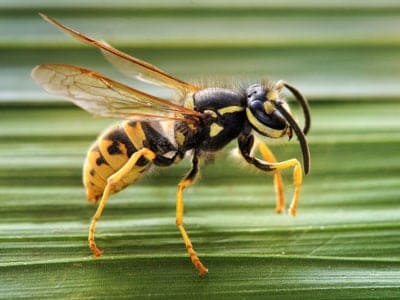
Wasp
There are around 75,000 recognised species!
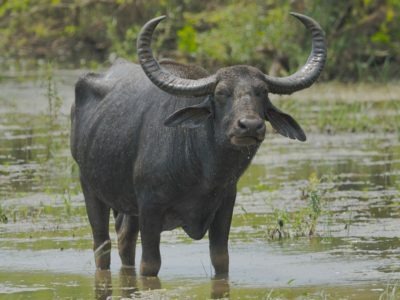
Water Buffalo
Has been domesticated for thousands of years!
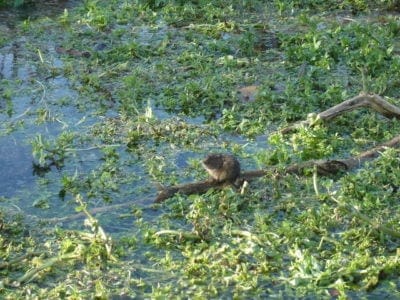
Water Vole
The largest Vole species in the UK!
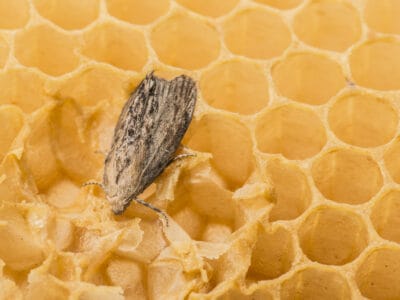
Wax Moth
The Wax Moth larvae are more dangerous than the adult.
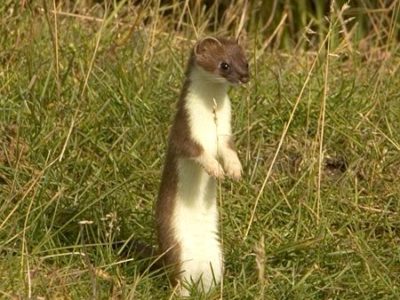
Weasel
The smallest carnivorous mammal in the world!
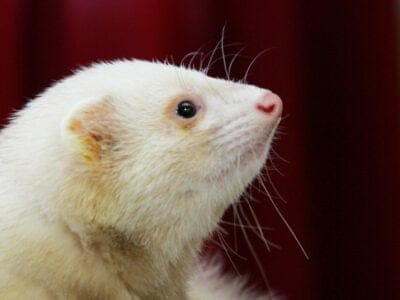
White Ferret / Albino Ferrets
There are two different types of white ferrets!
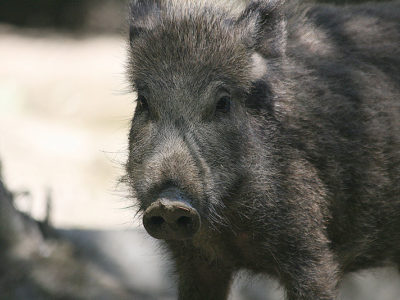
Wild Boar
Males have a top tusk to sharpen the bottom one!

Wirehaired Pointing Griffon
A Wirehaired Pointing Griffon’s coat makes it look like it has a mustache and beard!
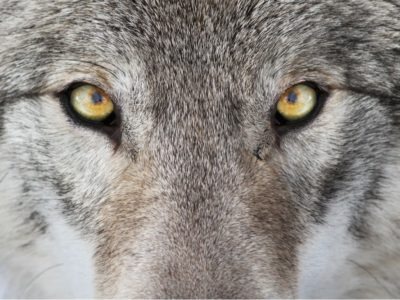
Wolf
Thought to date back more than 300,000 years!
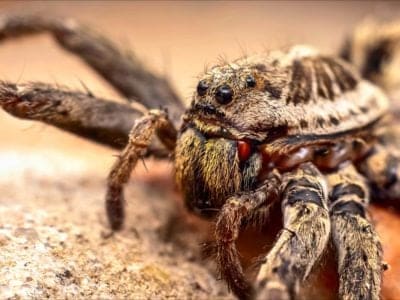
Wolf Spider
Carnivorous arachnid that hunts its prey.
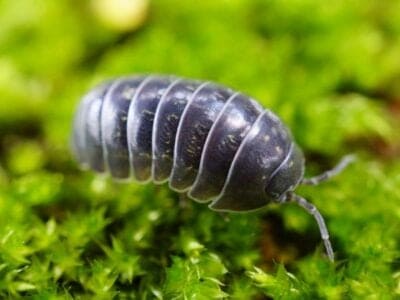
Woodlouse
This animal can roll up into a ball
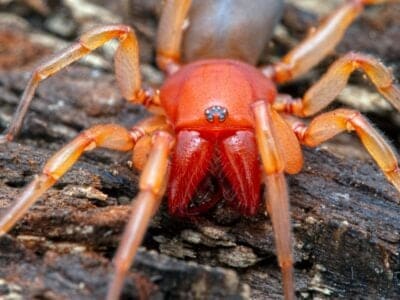
Woodlouse Spider
Unlike most spiders, woodlouse spiders don’t build a web.
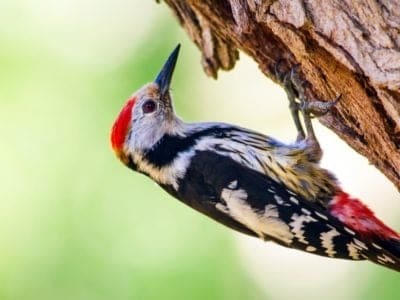
Woodpecker
There are 200 different species!
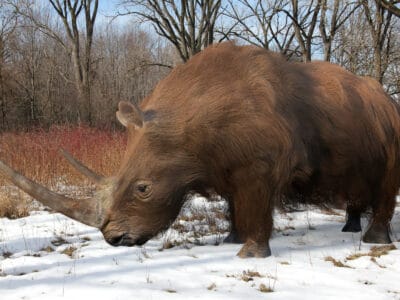
Woolly Rhinoceros
The woolly rhinoceros roamed the earth between three and a half million and 14,000 years ago.
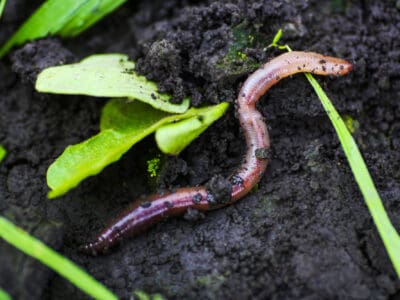
Worm
Doesn’t have eyes.
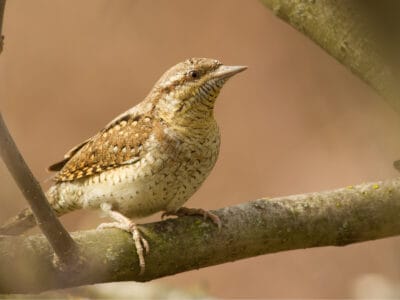
Wryneck
They feign death by making their bodies limp and closing their eyes.
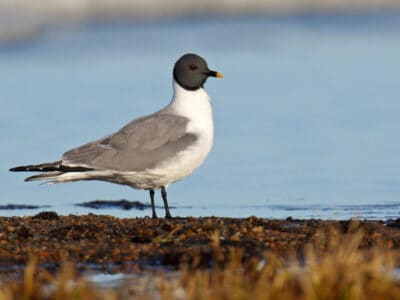
Xeme (Sabine’s Gull)
They follow after seals and whales to eat their scraps.
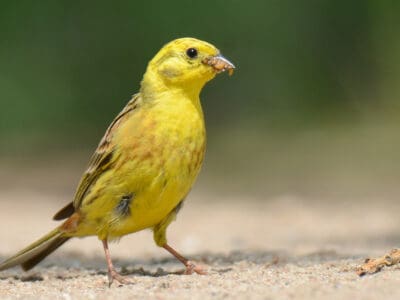
Yellowhammer
It interbreeds with the pine bunting
French Animals List
- Admiral Butterfly
- Alpine Goat
- Ant
- Apennine Wolf
- Arctic Char
- Armyworm
- Asian Lady Beetle
- Asp
- Atlantic Cod
- Aurochs
- Avocet
- Badger
- Barbet
- Barn Owl
- Barn Swallow
- Basset Fauve de Bretagne
- Bat
- Beauceron
- Beaver
- Bed Bugs
- Bee
- Beetle
- Beewolf wasp
- Berger Picard
- Bichon Frise
- Bird
- Biscuit Beetle
- Black Widow Spider
- Blackpoll Warbler
- Blue Picardy Spaniel
- Booted Bantam
- Bouvier Des Flandres
- Braque du Bourbonnais
- Braque Francais
- Brittany
- Brown-banded Cockroach
- Brown Bear
- Brown Dog Tick
- Bumblebee
- Butterfly
- Camel Cricket
- Carpenter Ant
- Cat
- Caterpillar
- Catfish
- Centipede
- Chamois
- Chartreux
- Chicken
- Cicada
- Cinereous Vulture
- Cockroach
- Codling Moth
- Common Buzzard
- Common European Adder
- Common Frog
- Common Furniture Beetle
- Common House Spider
- Common Loon
- Common Raven
- Common Toad
- Compsognathus
- Cormorant
- Cow
- Crab
- Crab Spider
- Crane
- Cricket
- Crow
- Crucian Carp
- Cuckoo
- Deathwatch Beetle
- Deer
- Devil’s Coach Horse Beetle
- Dog
- Dog Tick
- Dogue De Bordeaux
- Donkey
- Dormouse
- Dragonfly
- Dried Fruit Moth
- Duck
- Dung Beetle
- Eagle
- Earthworm
- Earwig
- Edible Frog
- Eel
- Egyptian Vulture
- Eider
- Epagneul Pont Audemer
- Ermine
- Eurasian Beaver
- Eurasian Bullfinch
- Eurasian Eagle-owl
- Eurasian Jay
- Eurasian Lynx
- European Bee-Eater
- European Corn Borer
- European Goldfinch
- European Robin
- European Wildcat
- Falcon
- Fallow deer
- False Widow Spider
- Fer-de-lance Snake
- Ferret
- Fire-Bellied Toad
- Fire Salamander
- Firefly
- Flea
- Fly
- Flying Squirrel
- Fox
- French Bulldog
- Frizzle Chicken
- Frog
- Fruit Fly
- Gadwall
- Galapagos Shark
- Genet
- German Cockroach
- Glass Lizard
- Glowworm
- Gnat
- Goat
- Goldcrest
- Golden Eagle
- Golden Oriole
- Goose
- Grasshopper
- Great Pyrenees
- Grey Heron
- Griffon Vulture
- Gypsy Moth
- Hamster
- Hare
- Harlequin Rabbit
- Hawk Moth Caterpillar
- Hedgehog
- Heron
- Highland Cattle
- Honey Bee
- Honey Buzzard
- Hoopoe
- Horse
- Horsefly
- Houdan Chicken
- Housefly
- Human
- Huntsman Spider
- Ibex
- Insects
- Ivy Bee
- Jack Crevalle
- Jackdaw
- Jumping Spider
- Khao Manee
- King Eider
- Kingfisher
- Ladybug
- Lazarus Lizard
- Leech
- Leedsichthys
- Lemming
- Linnet
- Liopleurodon
- Lizard
- Loach
- Locust
- Long-Eared Owl
- Long-Tailed Tit
- Magpie
- Marmot
- Marsh Frog
- Mayfly
- Mealybug
- Merganser
- Millipede
- Mole
- Mole Cricket
- Mongrel
- Moorhen
- Mosquito
- Moth
- Mouse
- Mule
- Muskrat
- Natterjack
- Neanderthal
- Nematode
- Newt
- Nightingale
- No See Ums
- Northern Pintail
- Nutria
- Old House Borer
- Orb Weaver
- Ortolan Bunting
- Osprey
- Otter
- Owl
- Palaeophis
- Pantaloon Bee
- Papillon
- Parakeet
- Peppered Moth
- Peregrine Falcon
- Petit Basset Griffon Vendéen
- Pheasant
- Picardy Spaniel
- Pig
- Pigeon
- Pika
- Pike Fish
- Pine Marten
- Pliosaur
- Pond Skater
- Poodle
- Pool Frog
- Porcupine
- Praying Mantis
- Pugapoo
- Purple Emperor Butterfly
- Puss Moth
- Pyrenean Shepherd
- Quahog Clam
- Quail
- Rabbit
- Raccoon
- Raccoon Dog
- Rat
- Rat Snakes
- Red Deer
- Red Kite
- Redstart
- River Turtle
- Robin
- Rodents
- Roe Deer
- Rooster
- Rough-Legged Hawk (Rough-Legged Buzzard)
- Ruddy Duck
- Sable Ferret
- Salamander
- Sand Crab
- Sand Lizard
- Scorpion
- Sea Eagle
- Seahorse
- Sheep
- Short-Eared Owl
- Shrew
- Shrimp
- Skink Lizard
- Slow Worm
- Slug
- Smokybrown Cockroach
- Snail
- Snake
- Snowy Owl
- Song Thrush
- Spadefoot Toad
- Sparrow
- Spider Wasp
- Squirrel
- Stag Beetle
- Stick Insect
- Stoat
- Stork
- Swallowtail Butterfly
- Swan
- Tawny Owl
- Teacup Miniature Horse
- Termite
- Theropod
- Thornback Ray
- Thrush
- Tick
- Tiger Beetle
- Tiger Moth
- Tortoise
- Toy Poodle
- Trapdoor spider
- Tree Cricket
- Tree Frog
- Turtles
- Viper
- Vulture
- Wasp
- Water Buffalo
- Water Vole
- Wax Moth
- Weasel
- White Ferret / Albino Ferrets
- Wild Boar
- Wirehaired Pointing Griffon
- Wolf
- Wolf Spider
- Woodlouse
- Woodlouse Spider
- Woodpecker
- Woolly Rhinoceros
- Worm
- Wryneck
- Xeme (Sabine’s Gull)
- Yellowhammer
Animals In France FAQs (Frequently Asked Questions)
What animals live in France?
France is particularly rich in rodents, shrews, moles, bats, deer, boar, carnivores (like badgers and weasels), song birds and water birds, insects, freshwater fish, and some species of frogs. Whales and dolphins can sometimes be seen off the coast as well.
What is the most dangerous animal in France?
The most dangerous animal is probably the asp viper. If left untreated, about 4% of bites can eventually prove fatal.
What is the biggest animal in France?
The largest animal in all of France is the brown bear. Weighing an impressive 300 to 500 pounds, they are restricted to the far south of the country in the relatively isolated Pyrenees Mountains. Some people may be frightened of brown bears, but unless the animal feels threatened, attacks on people are incredibly rare.




